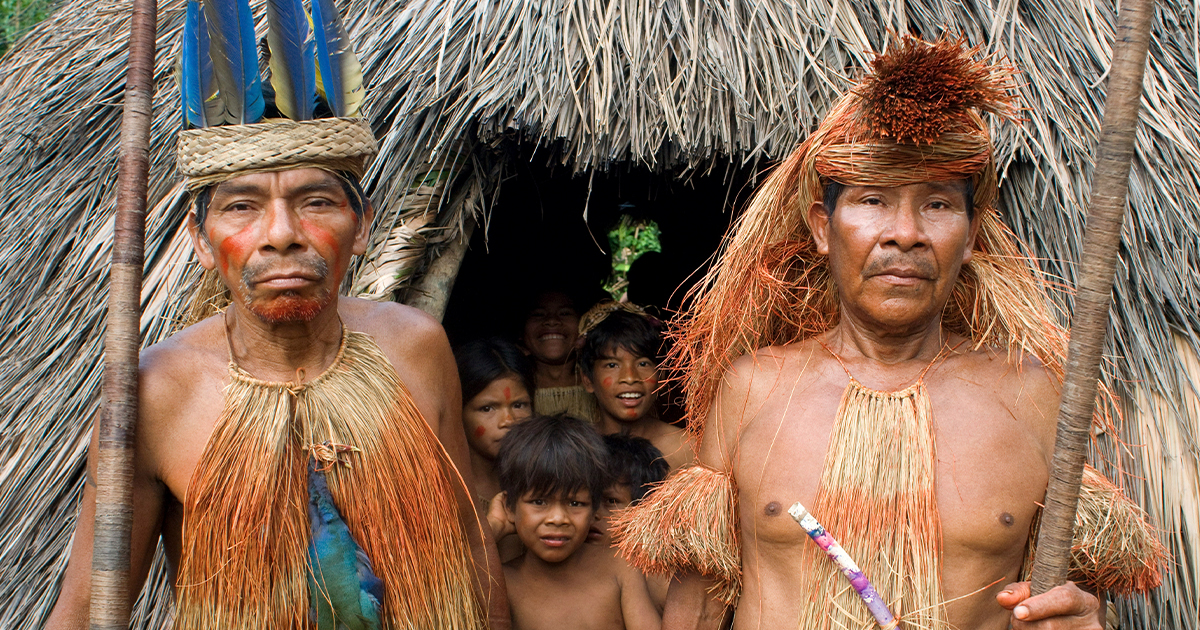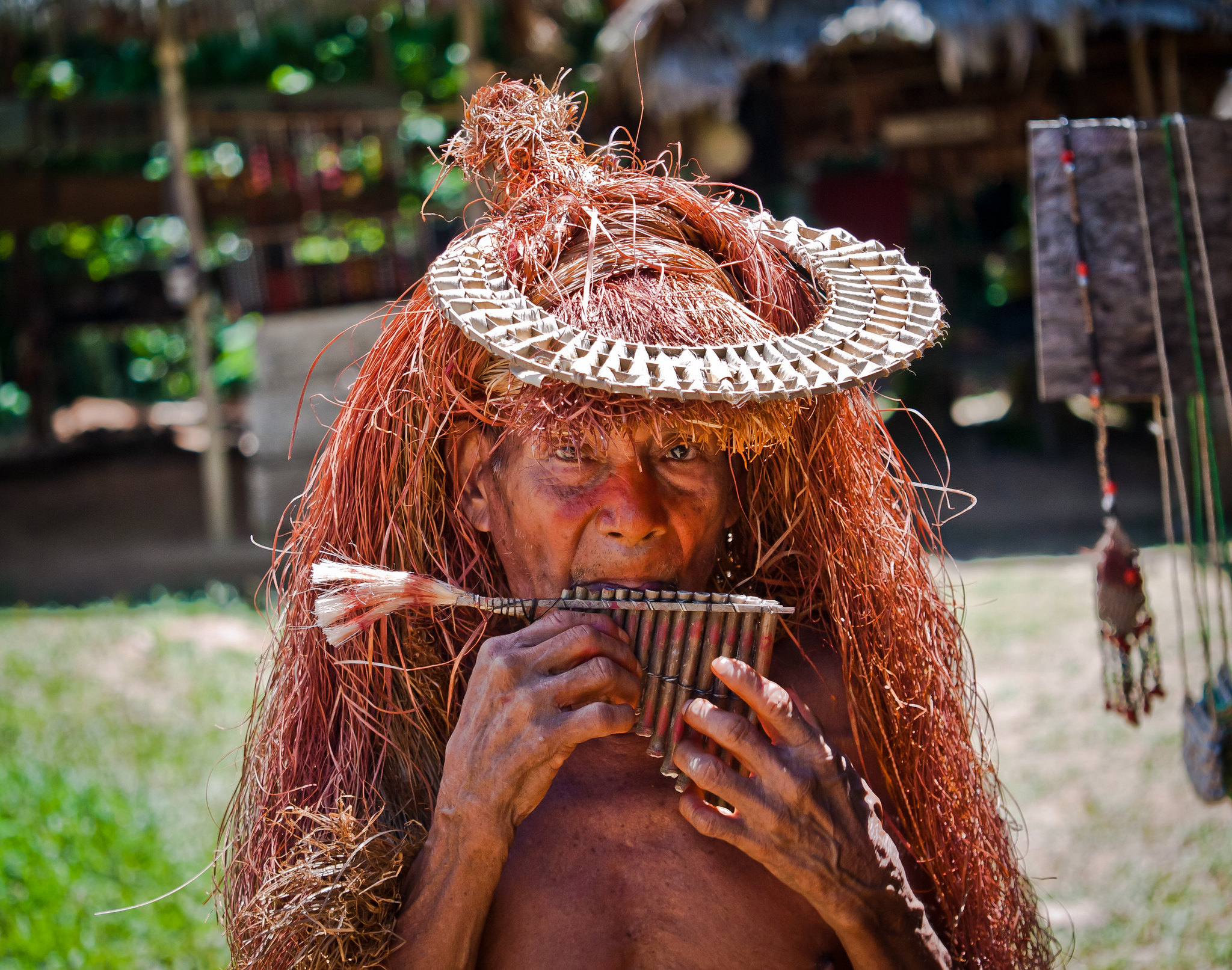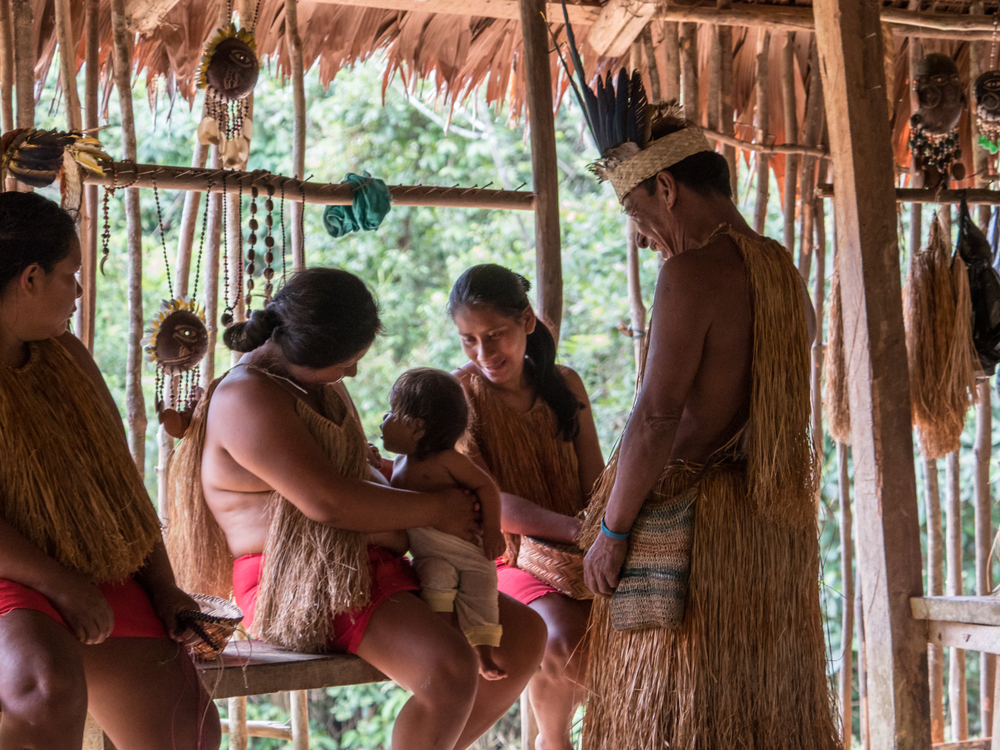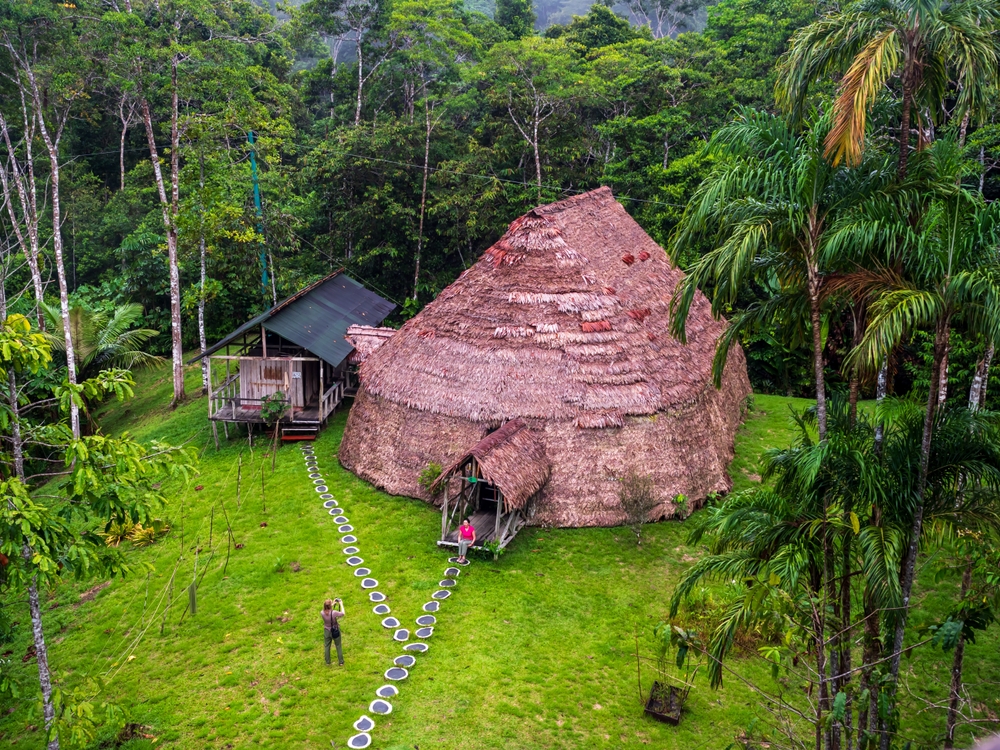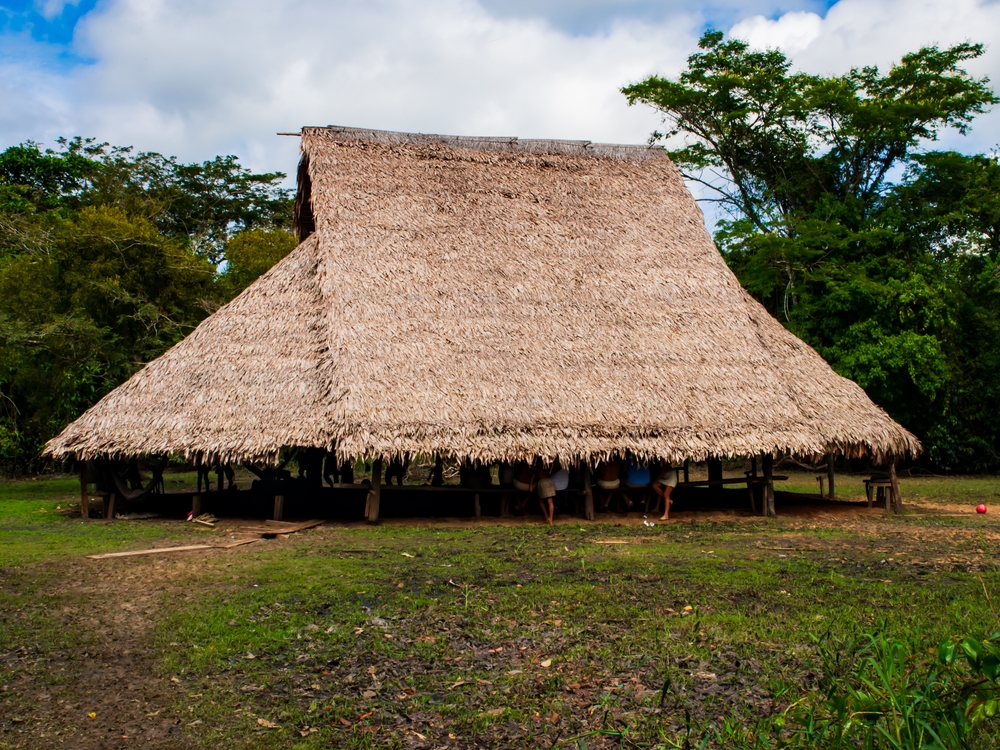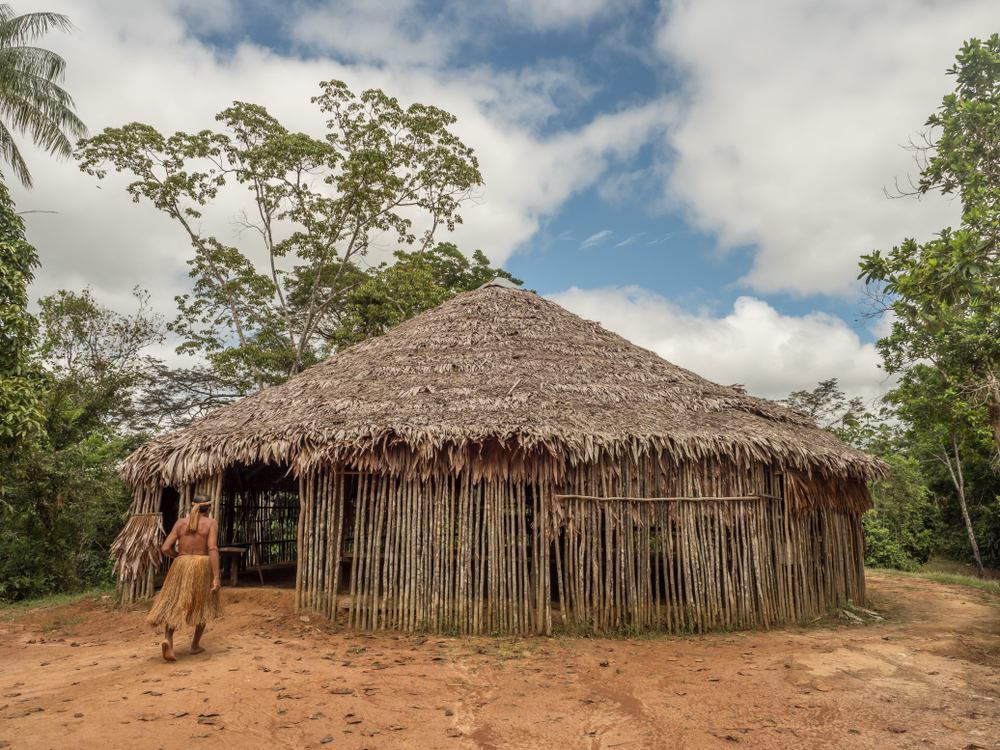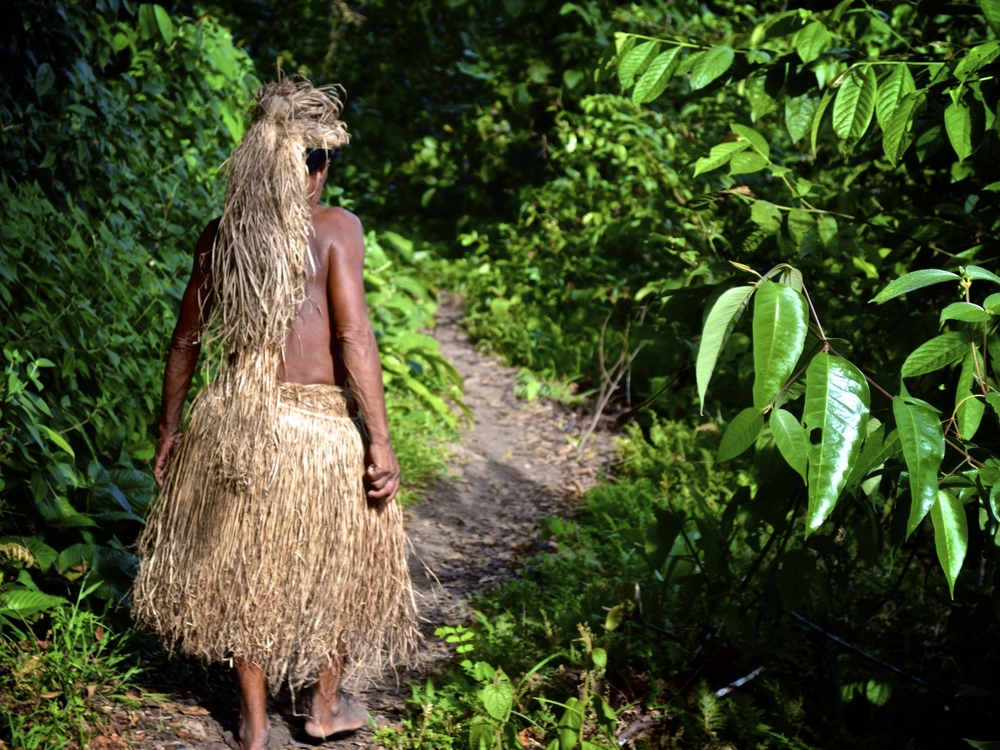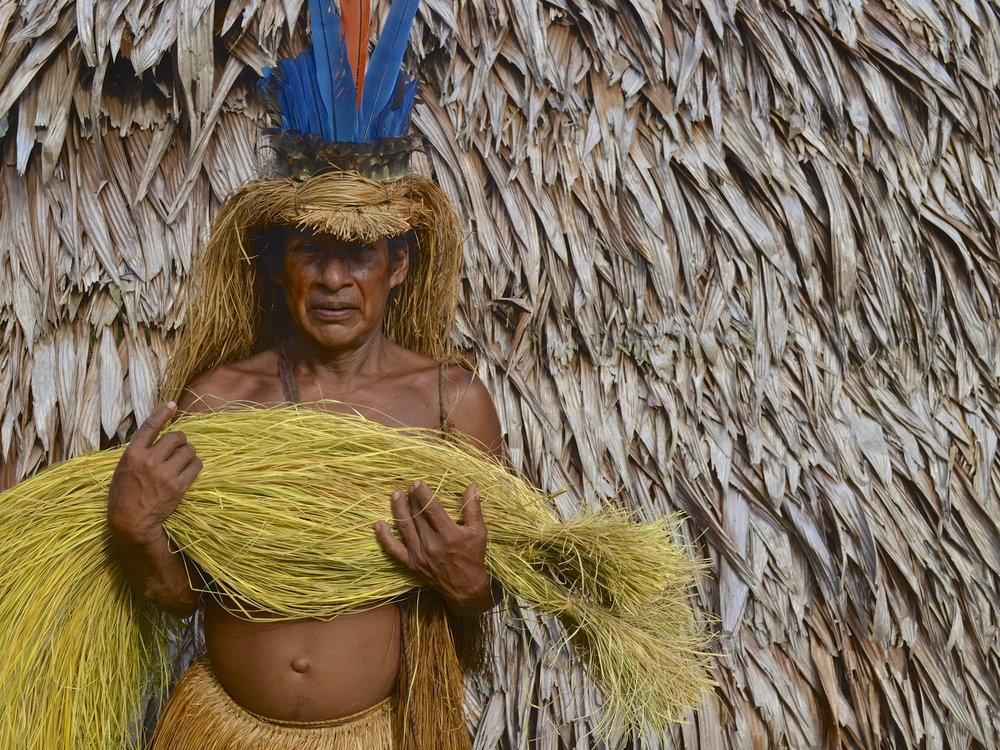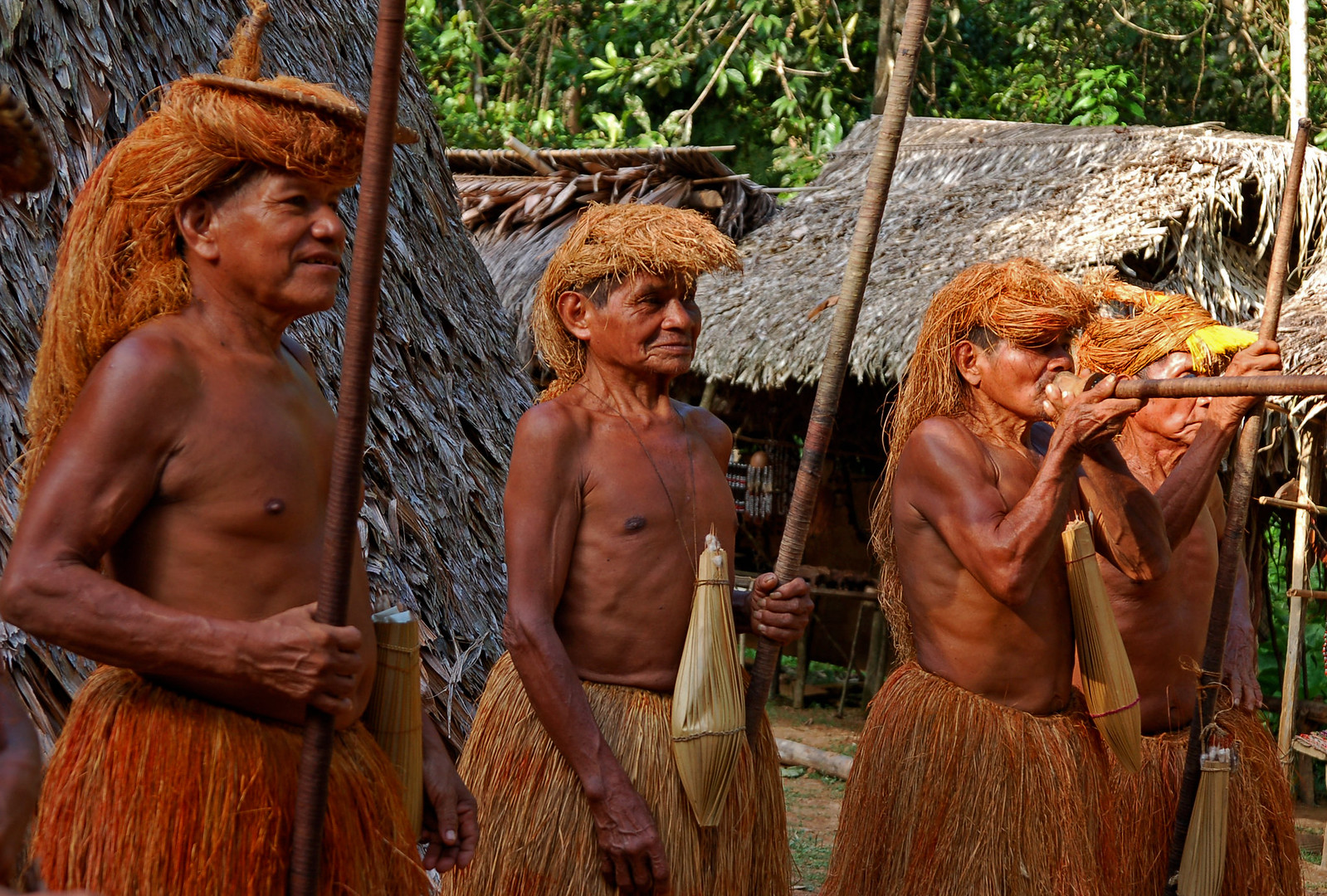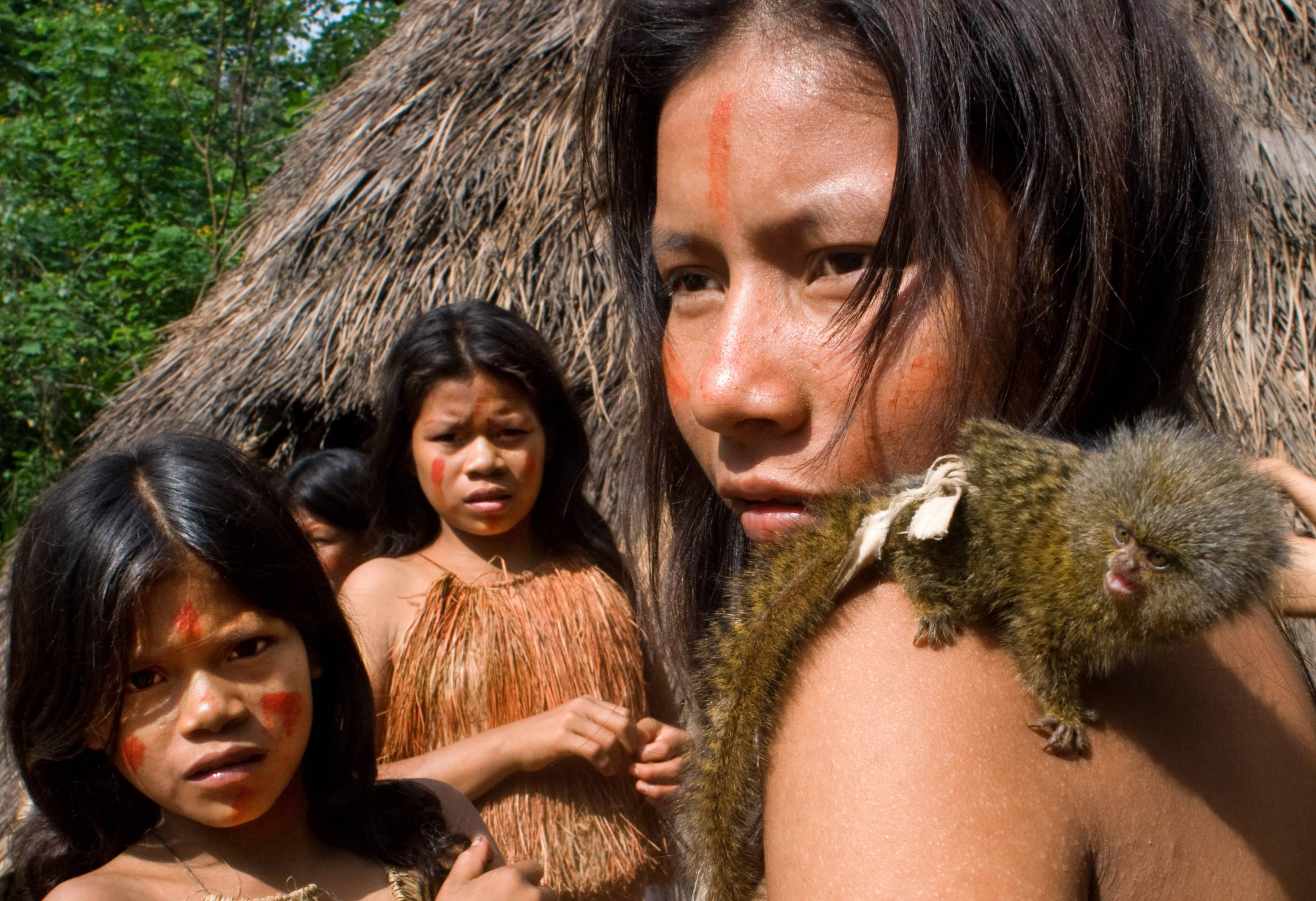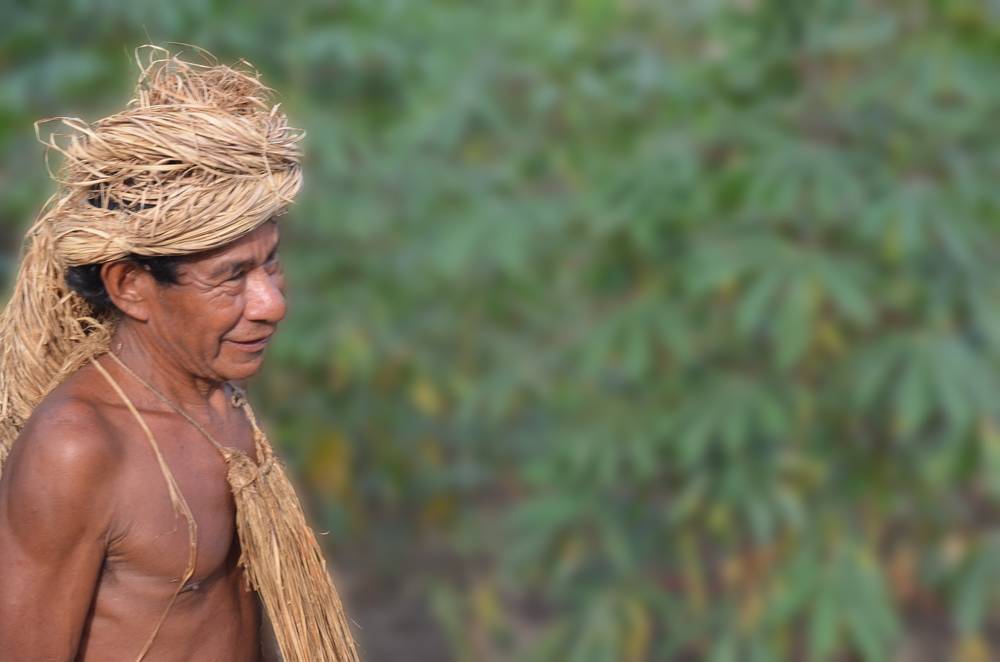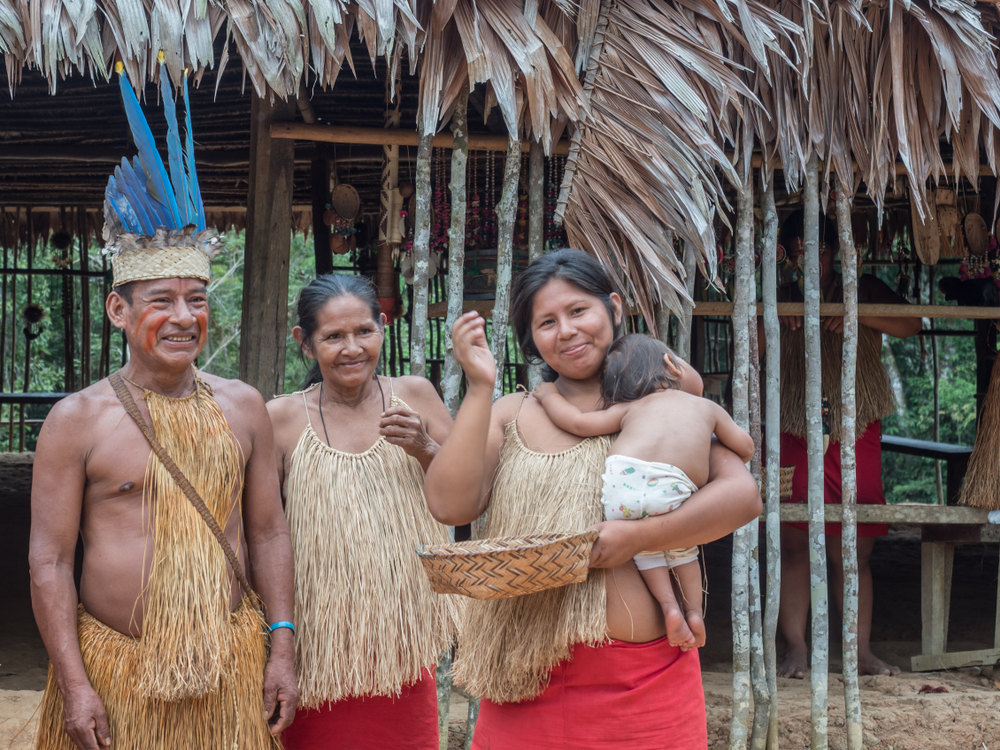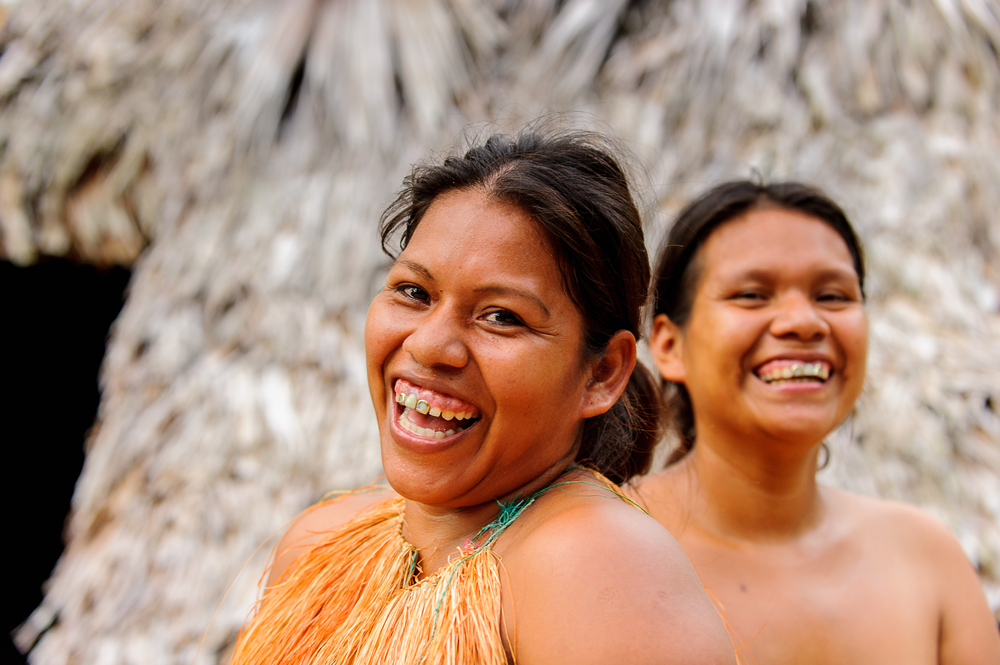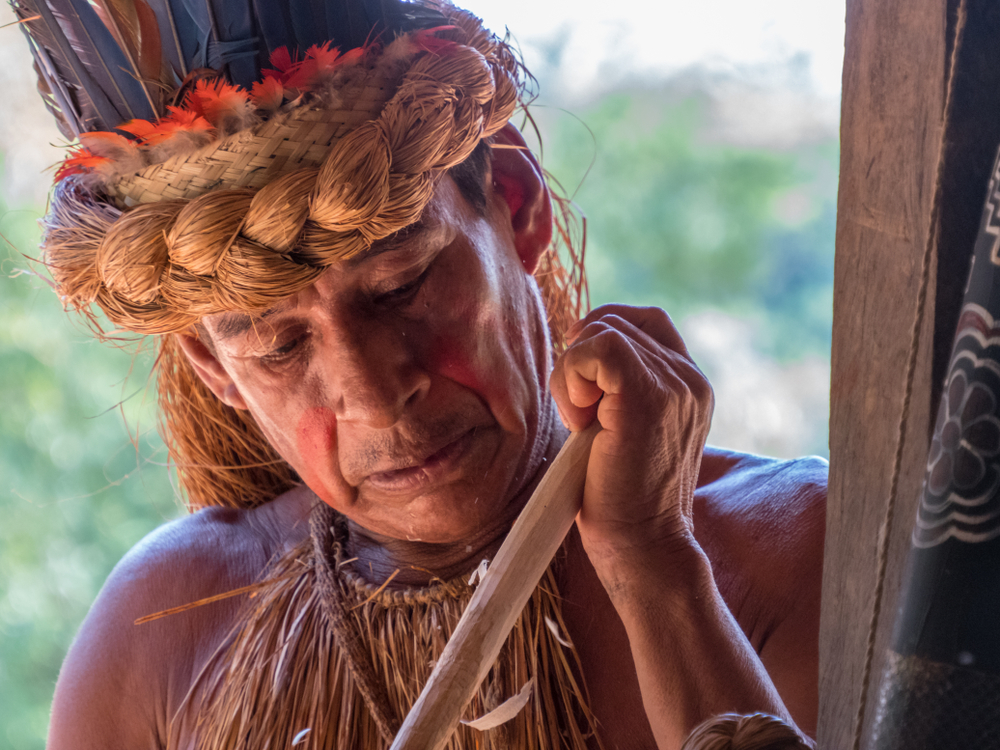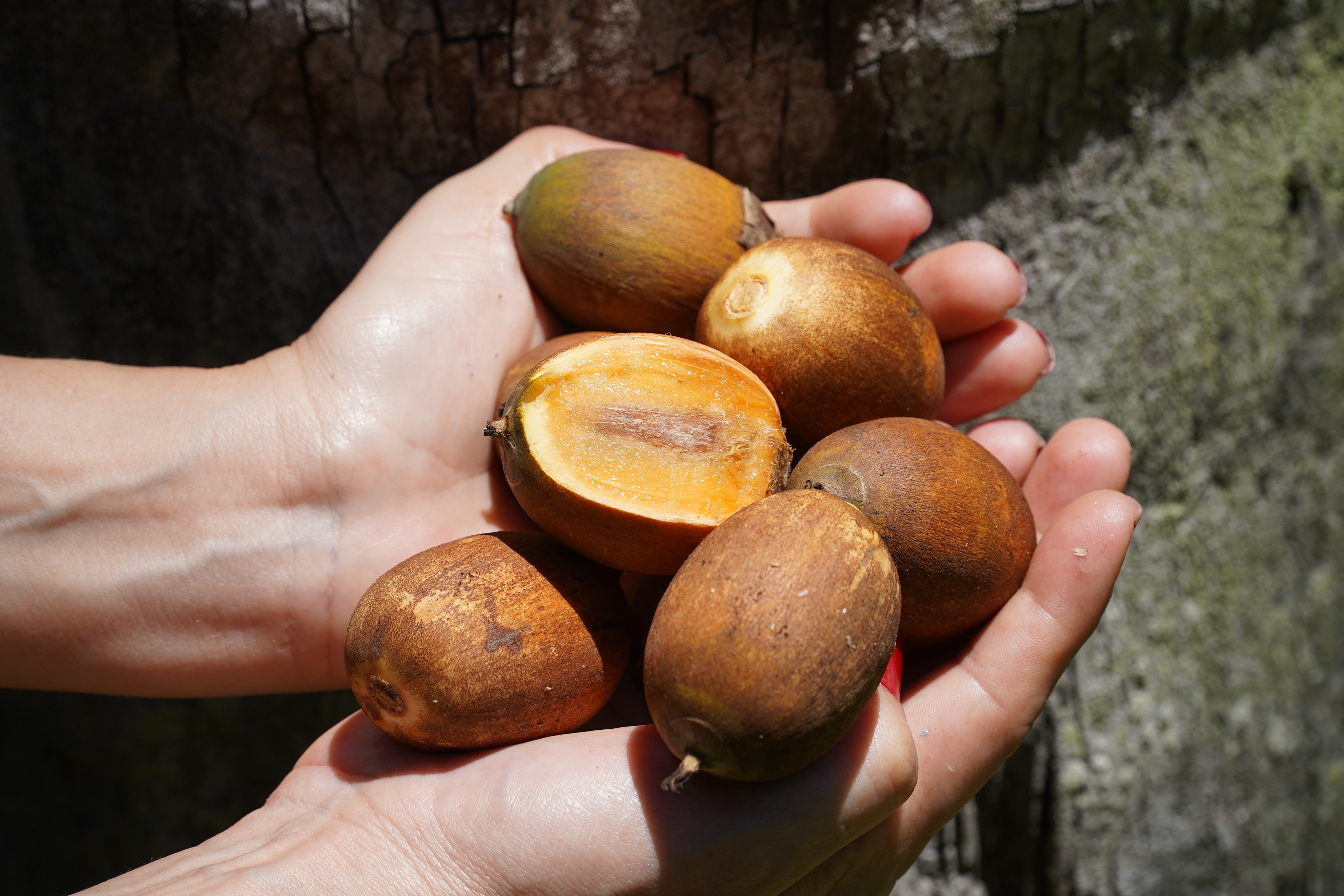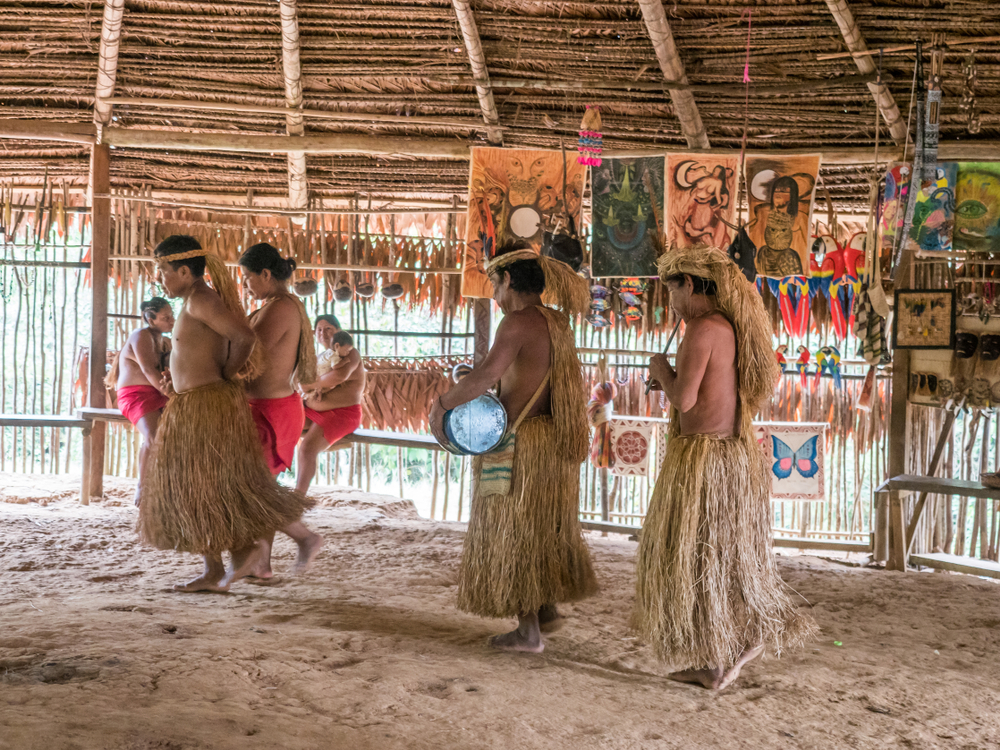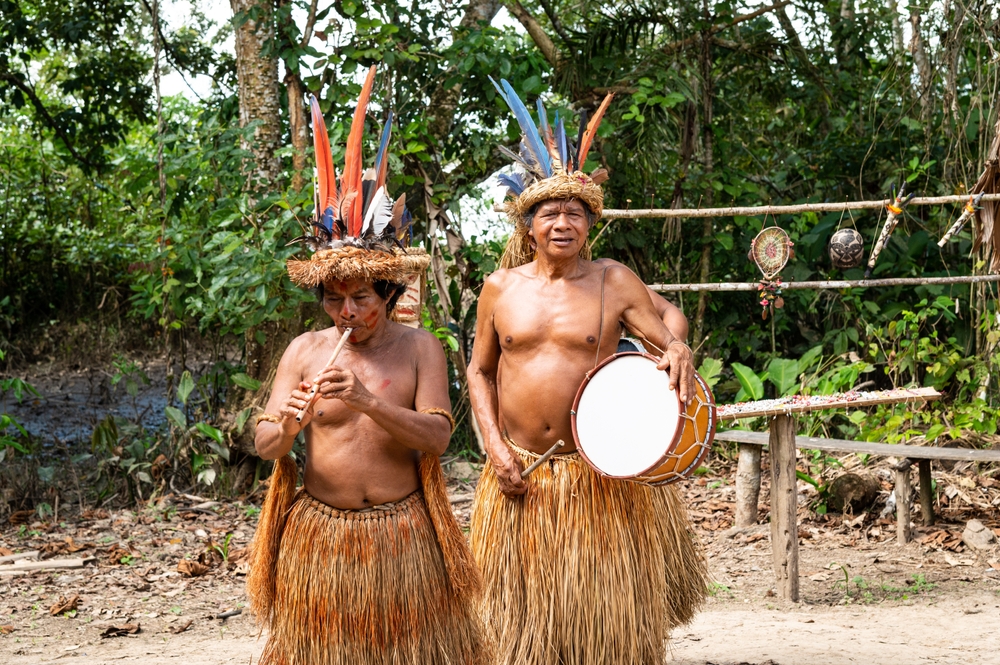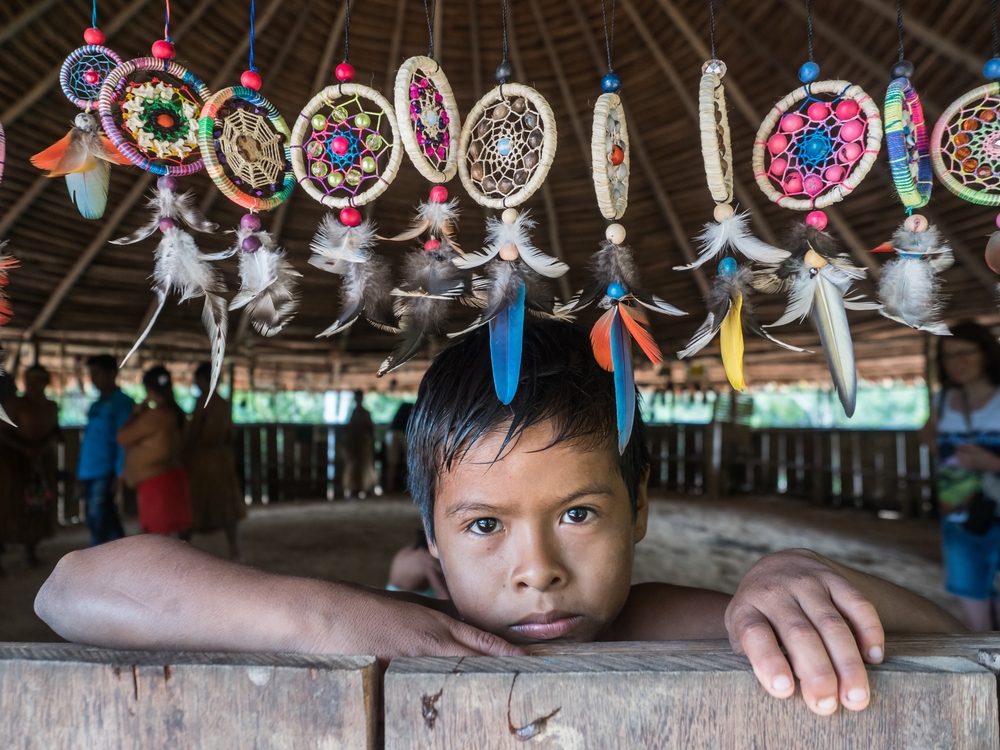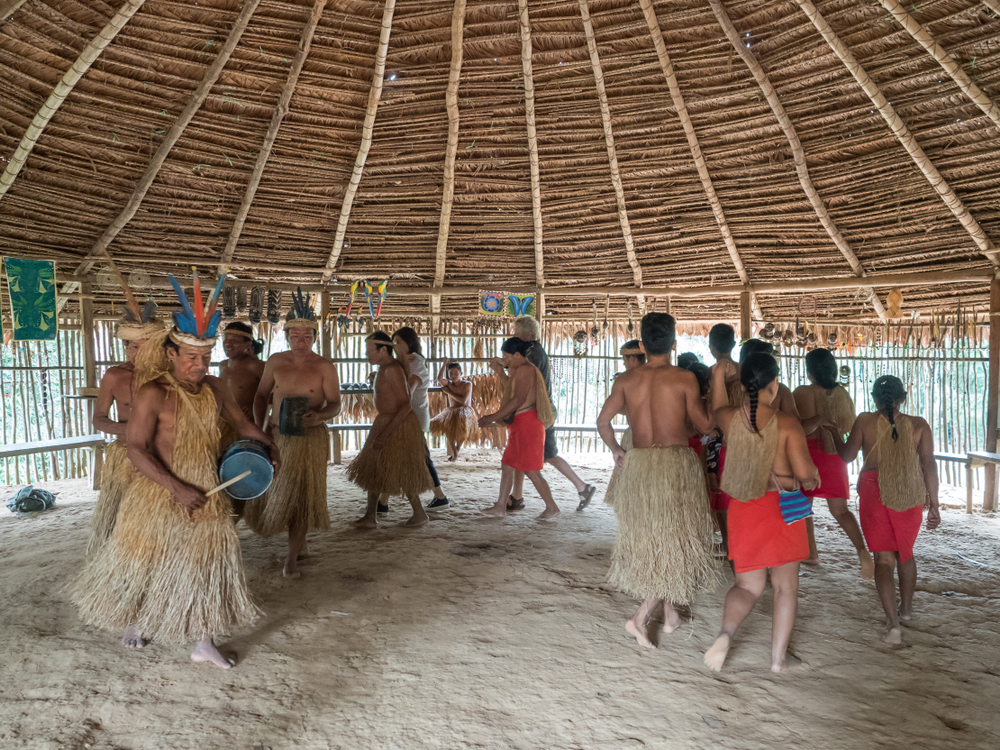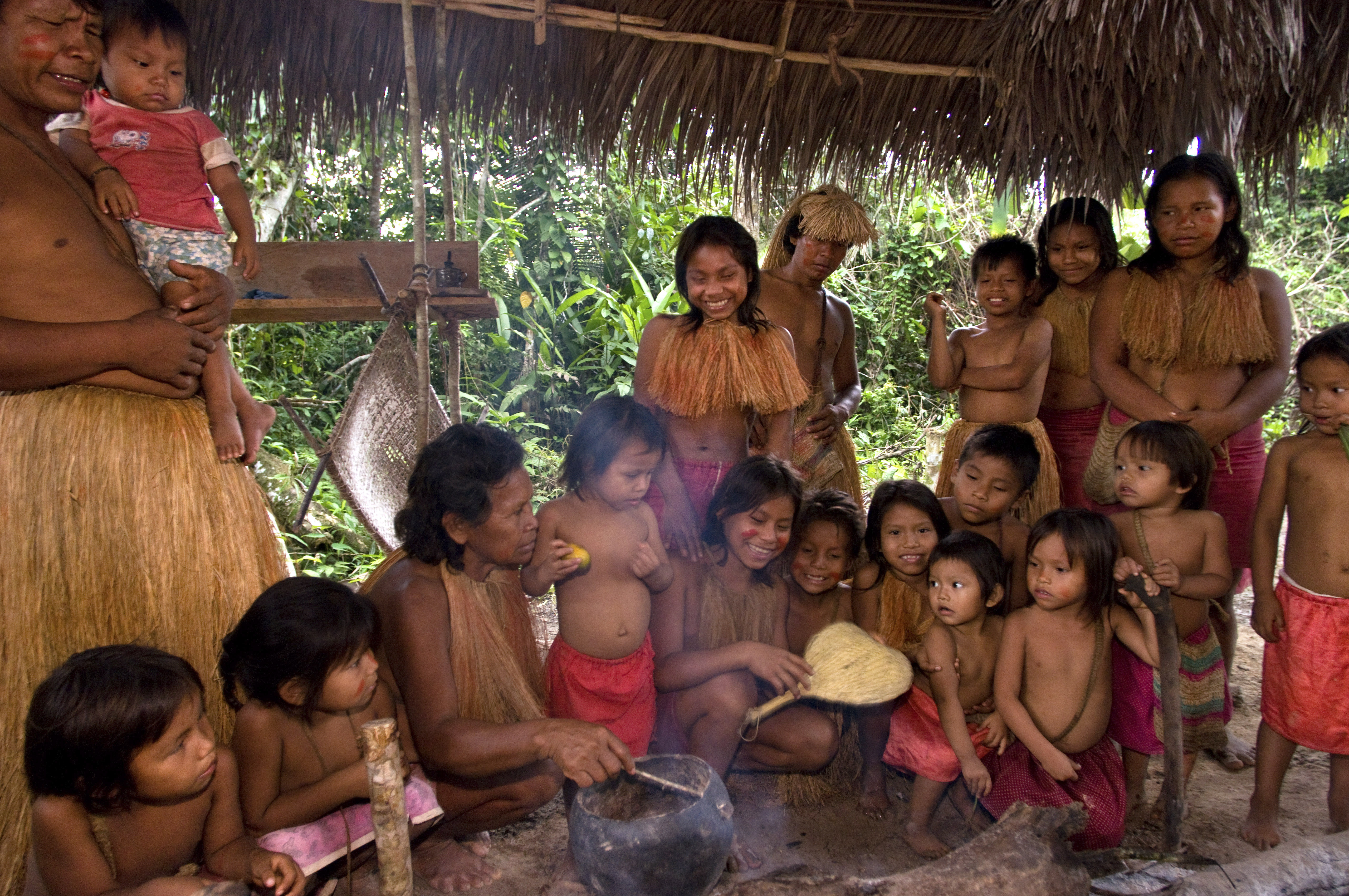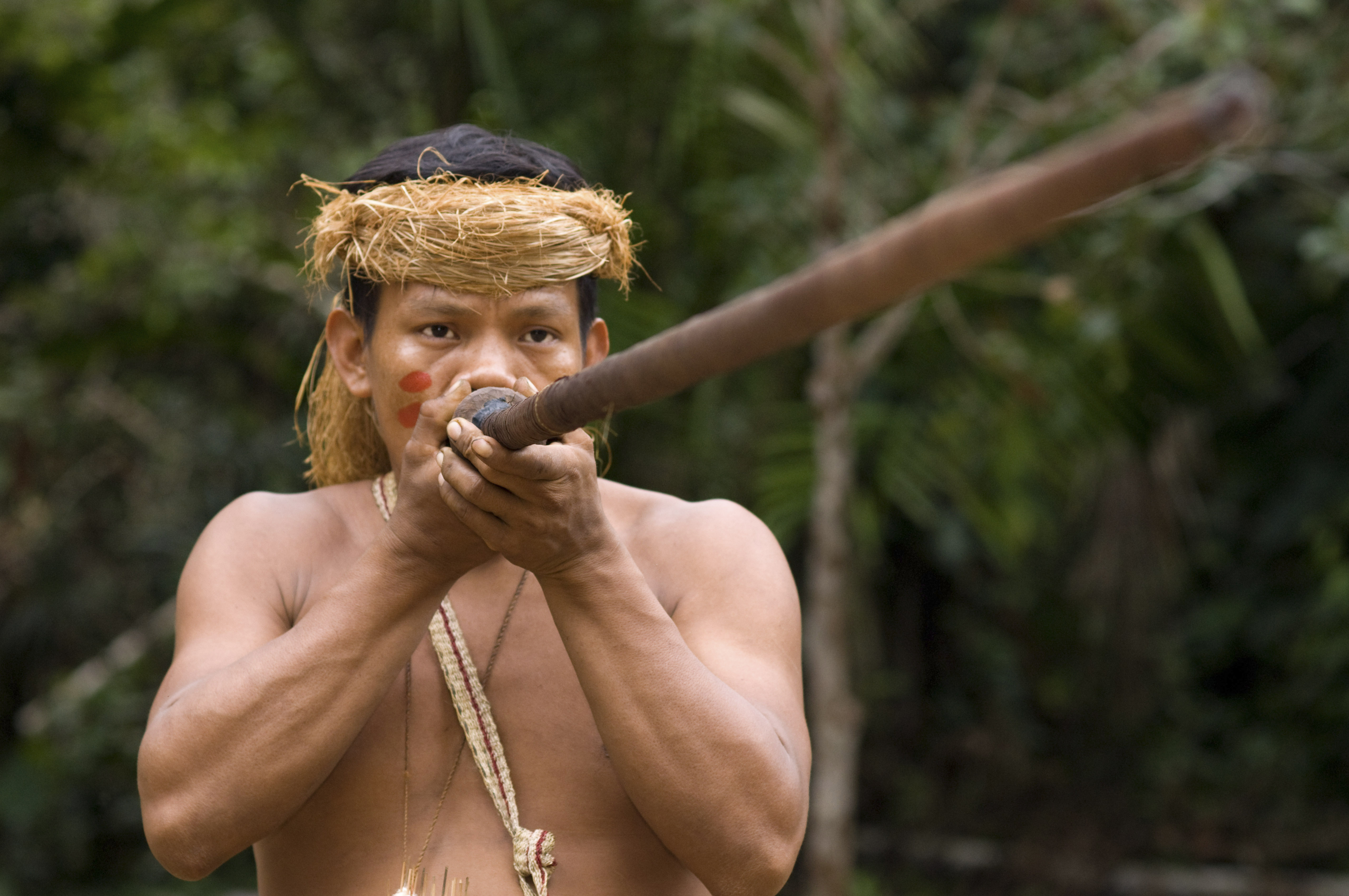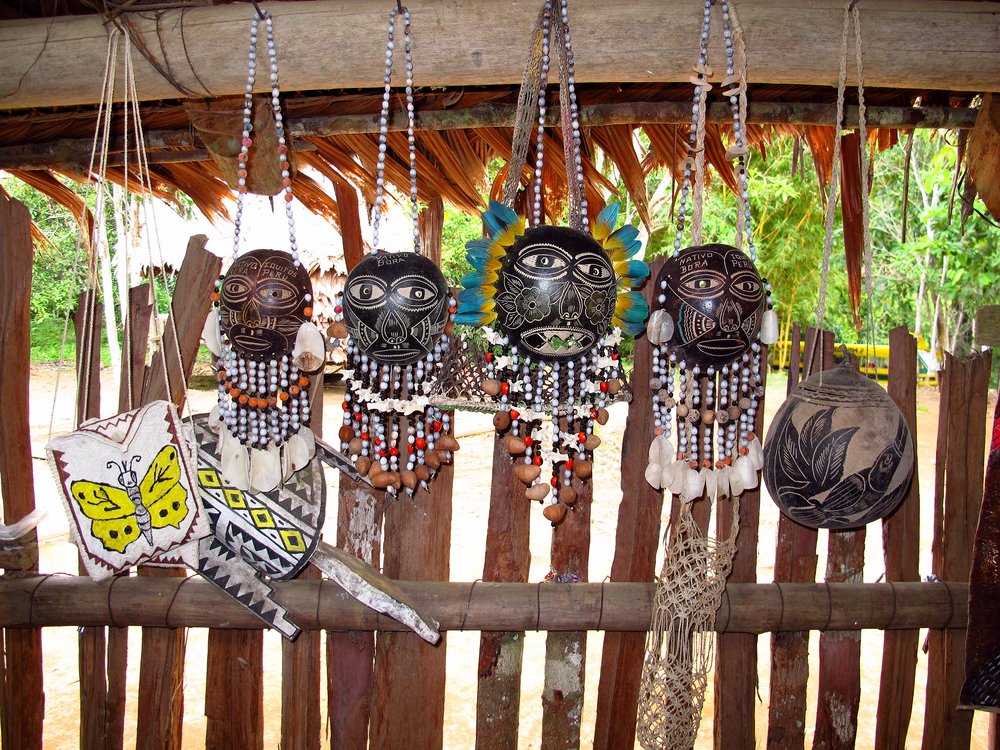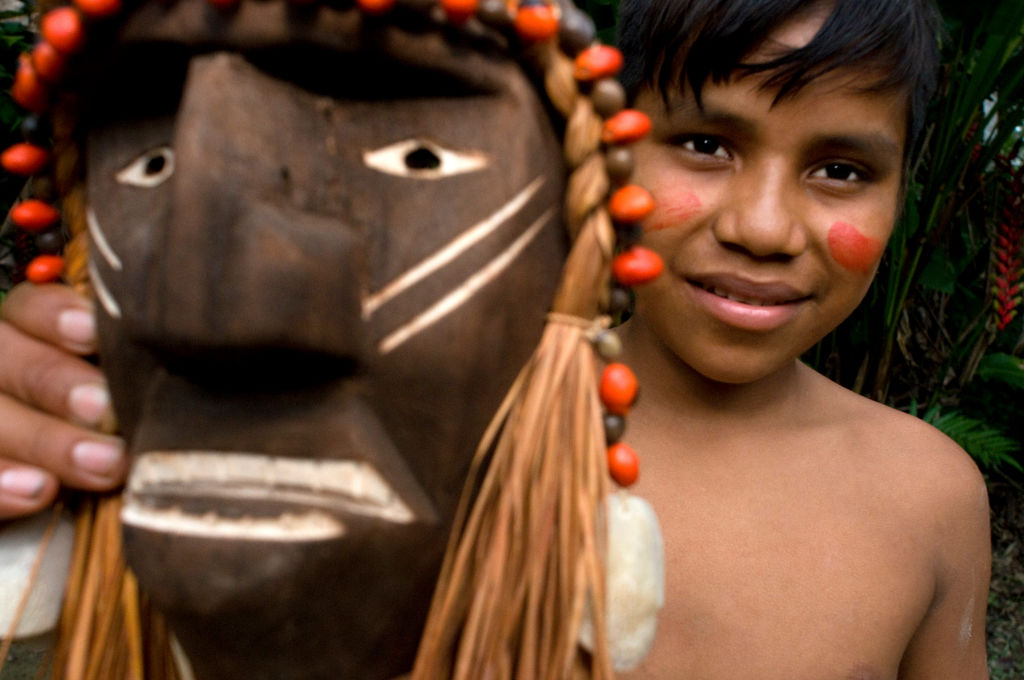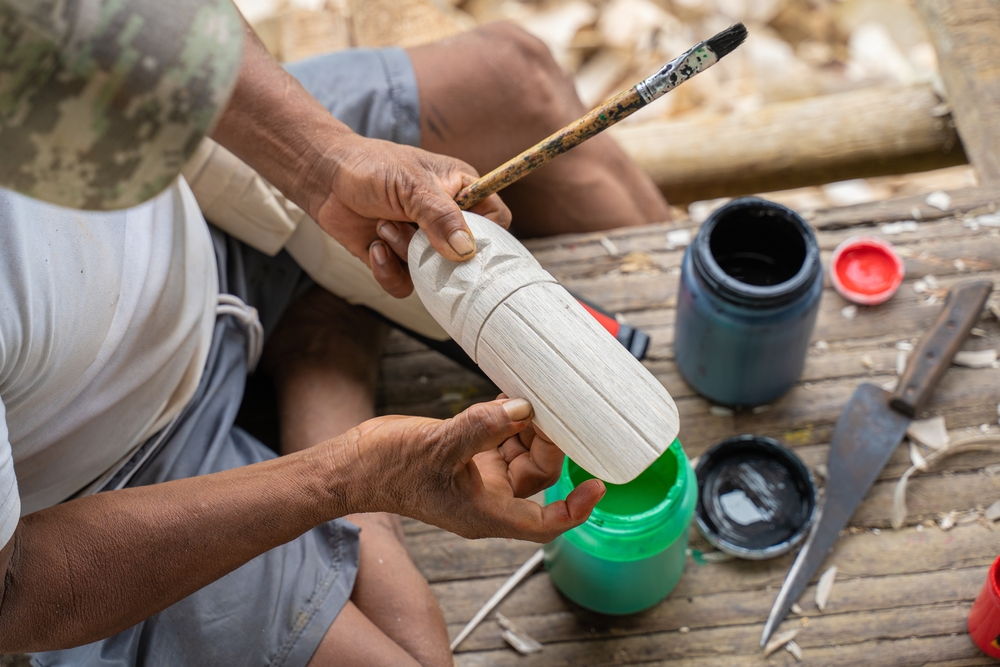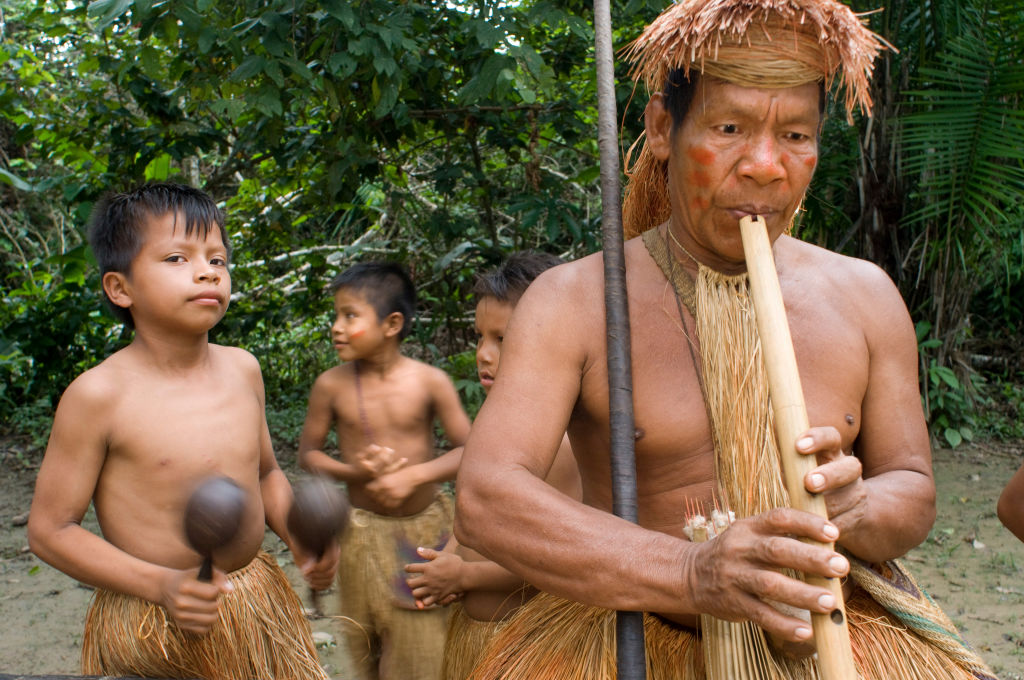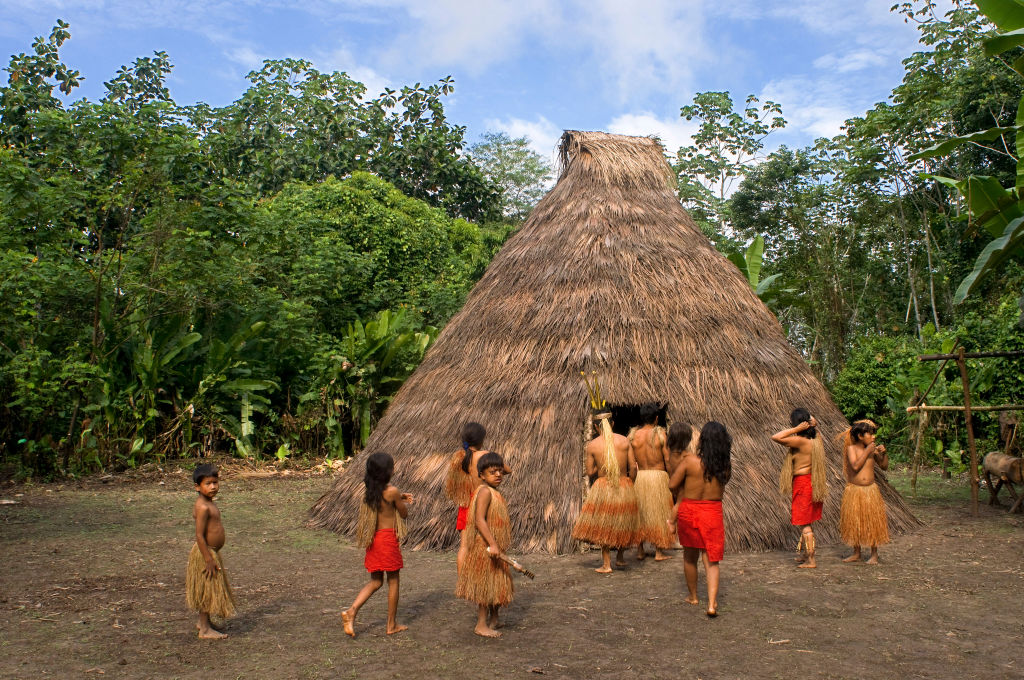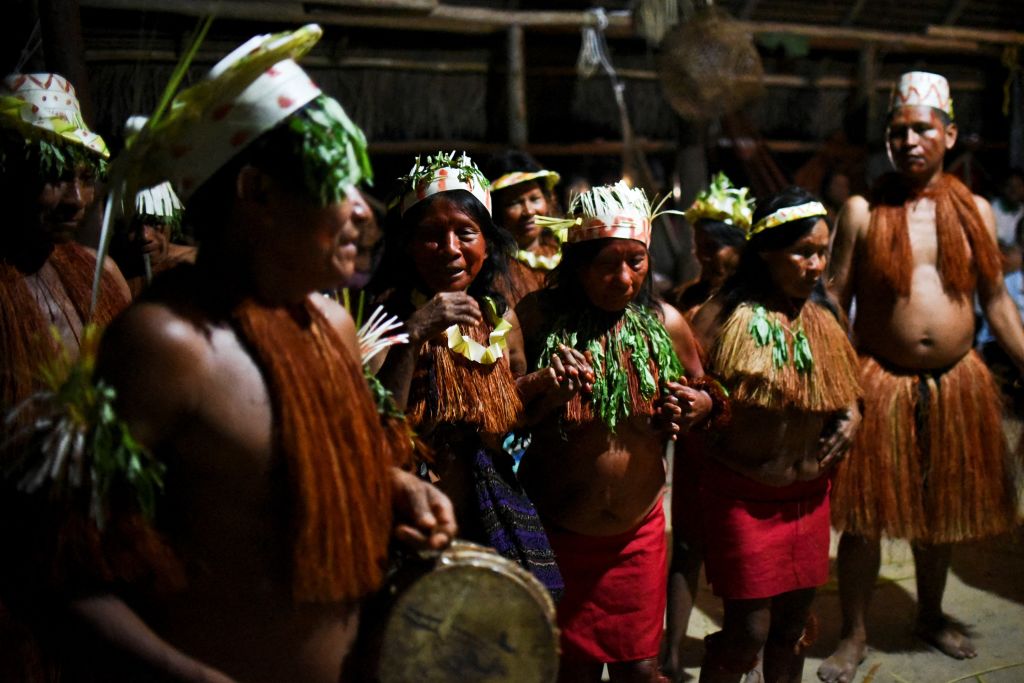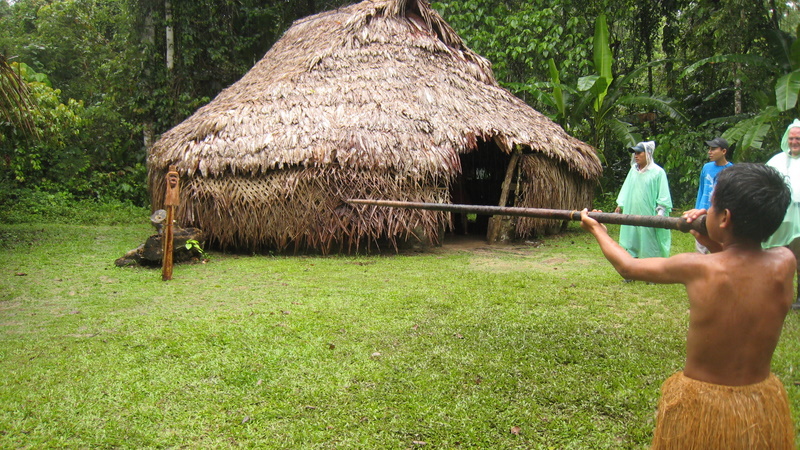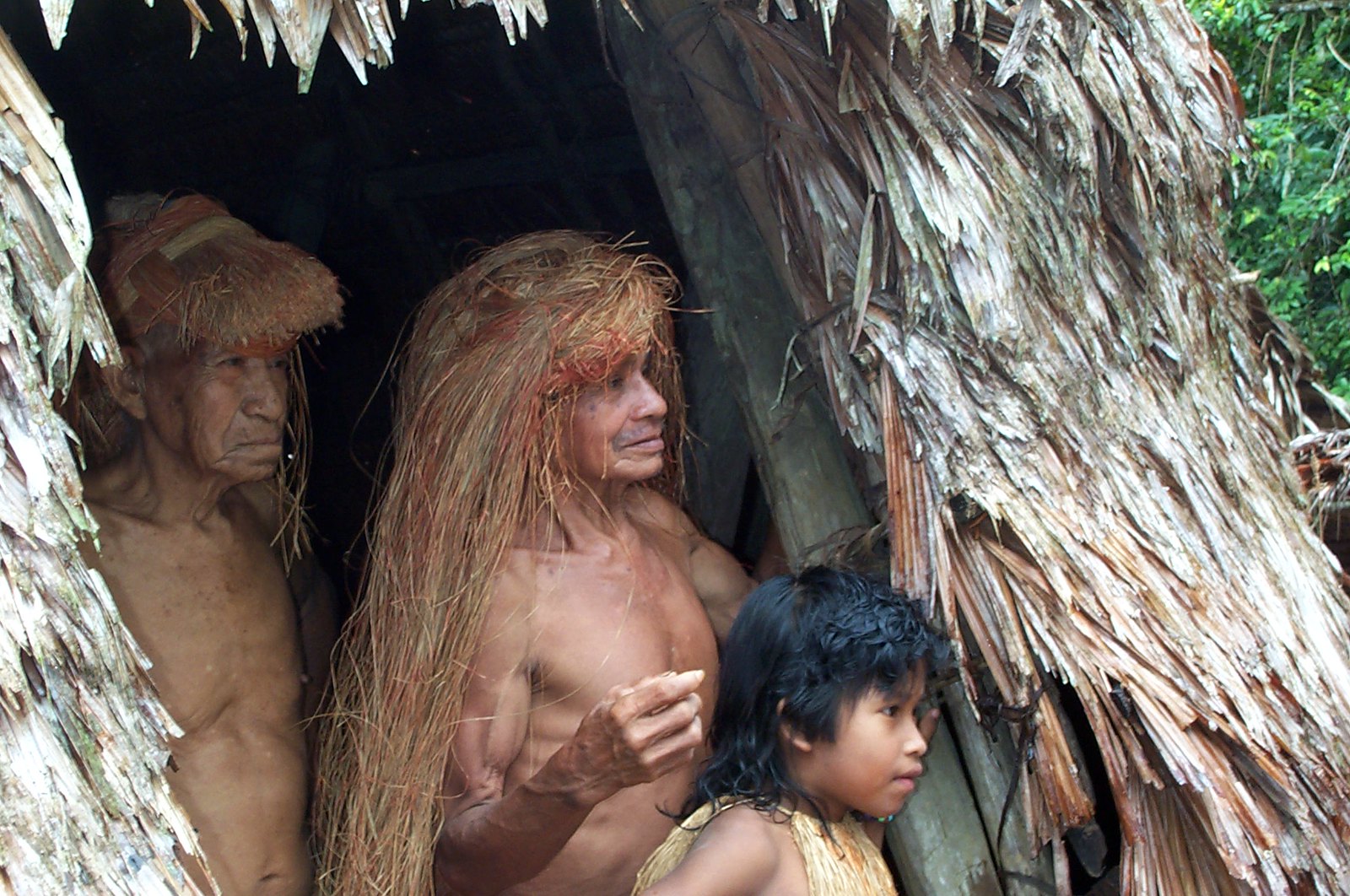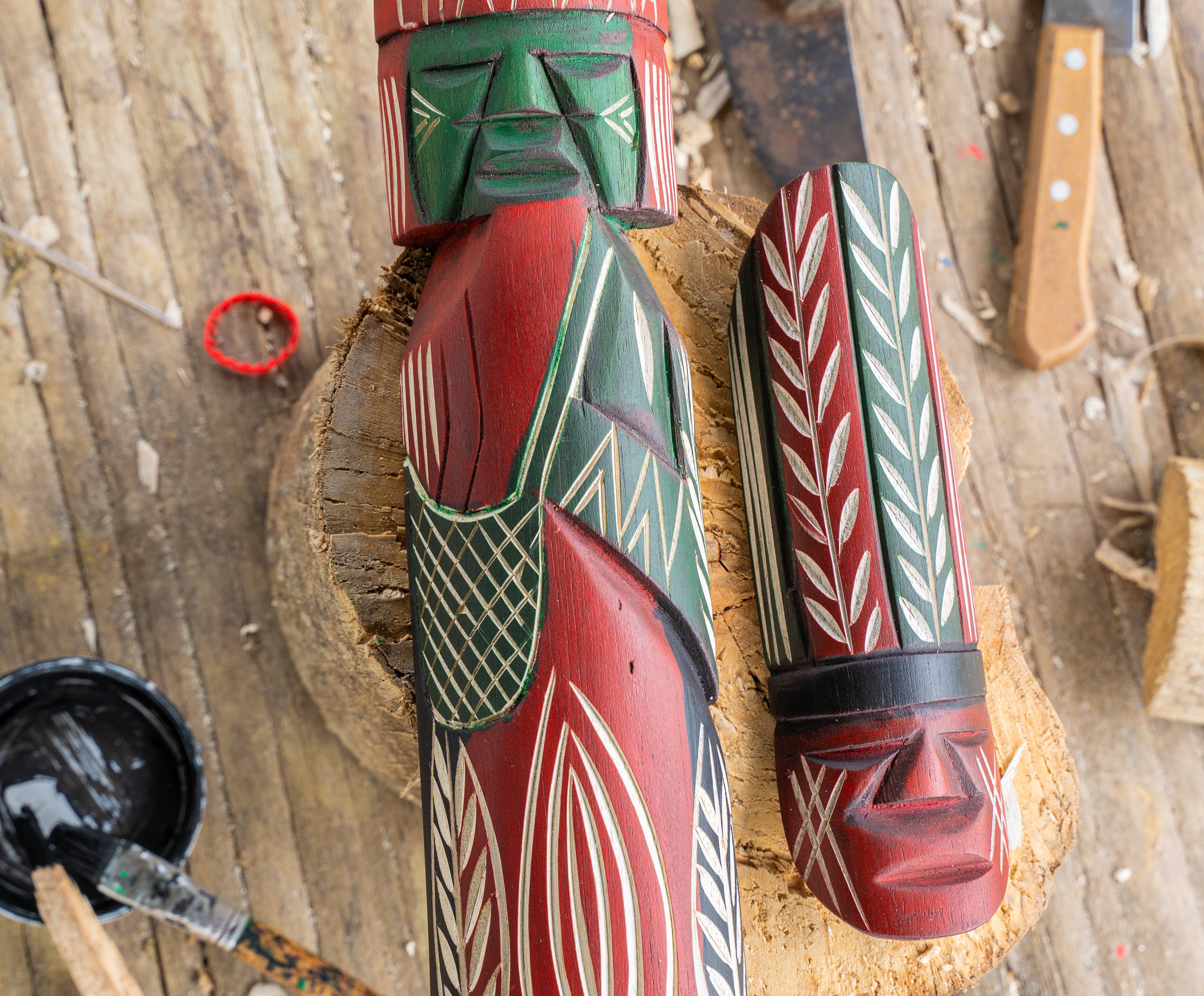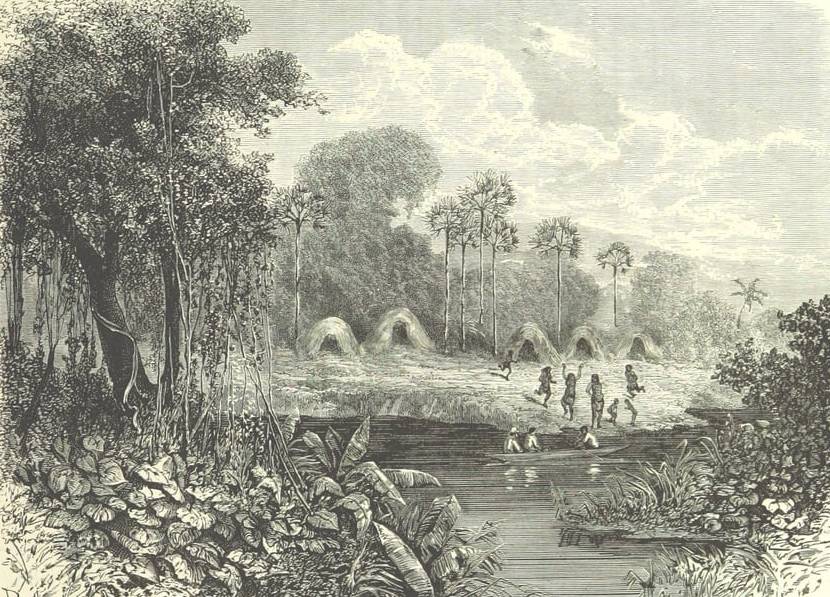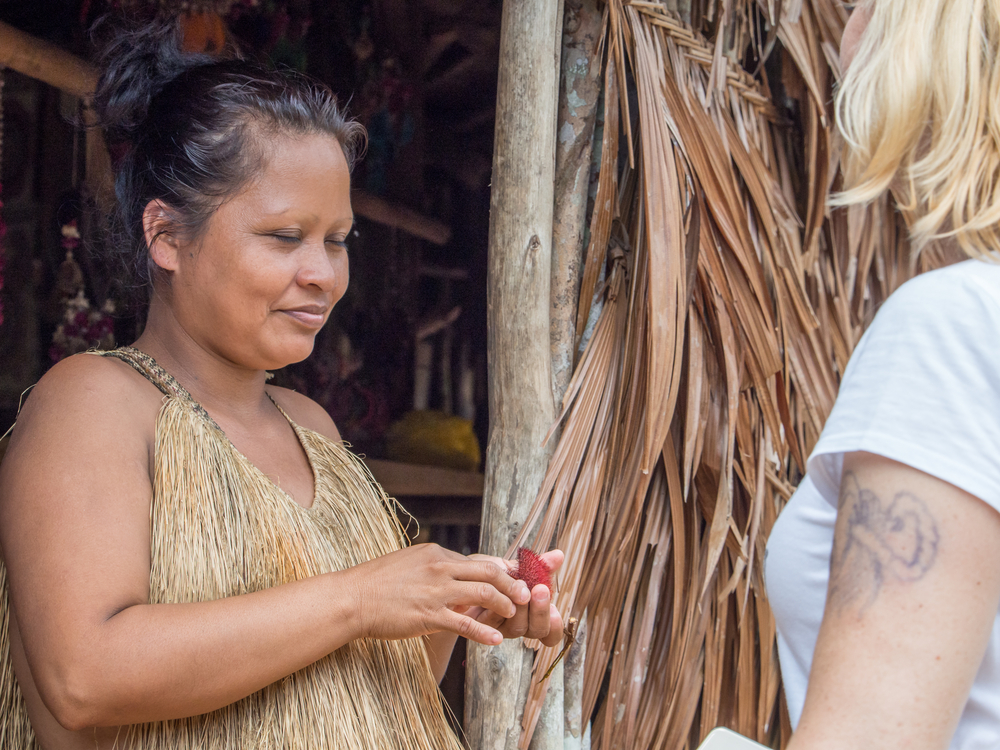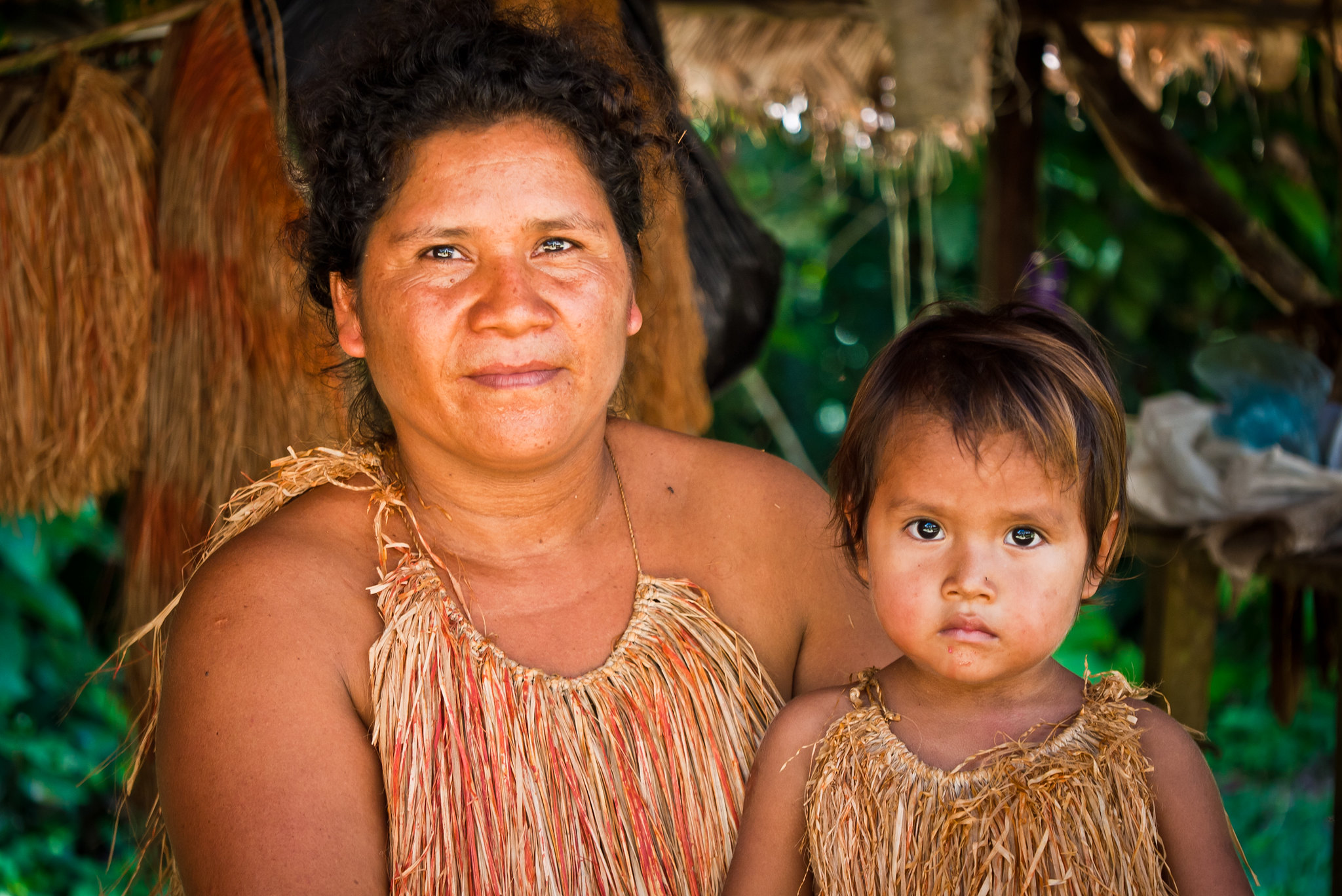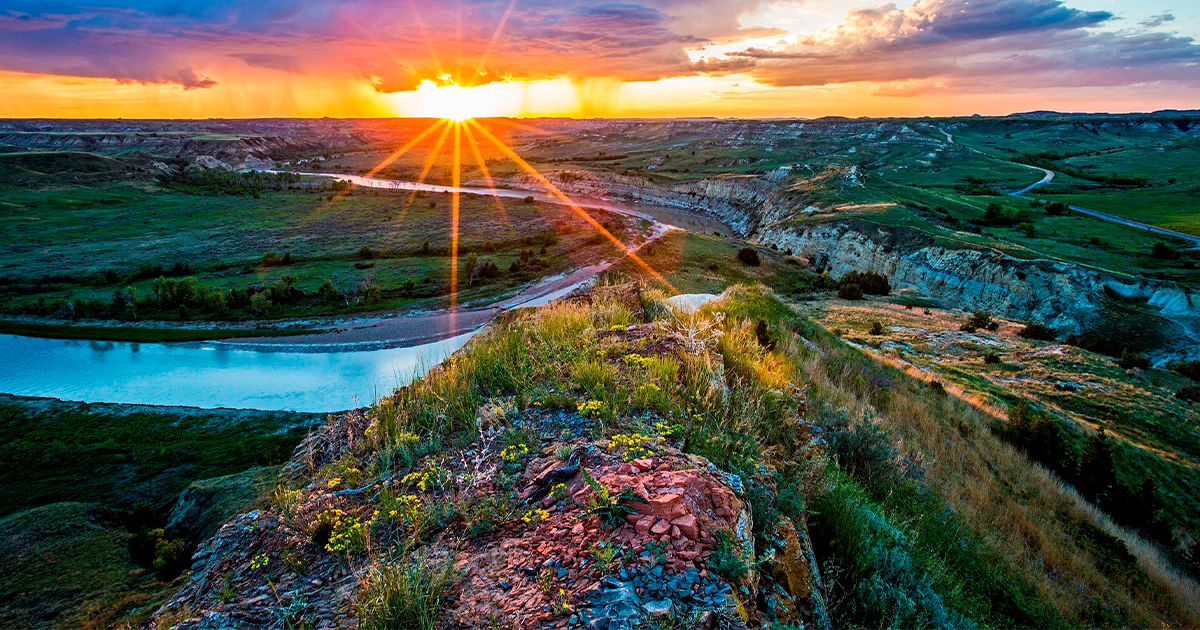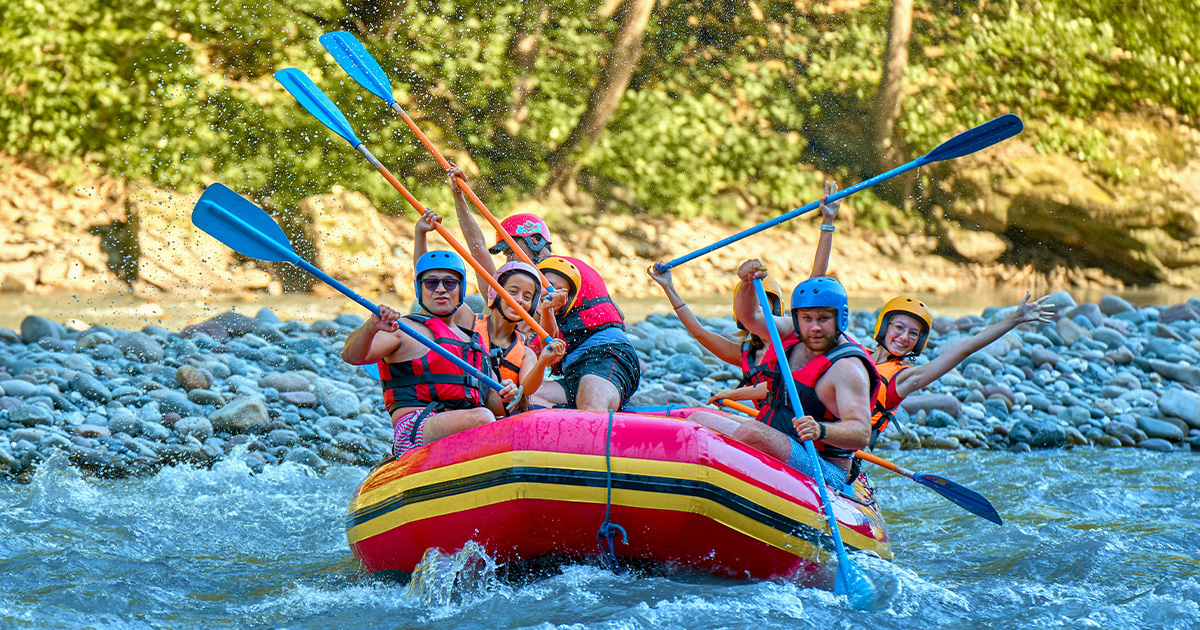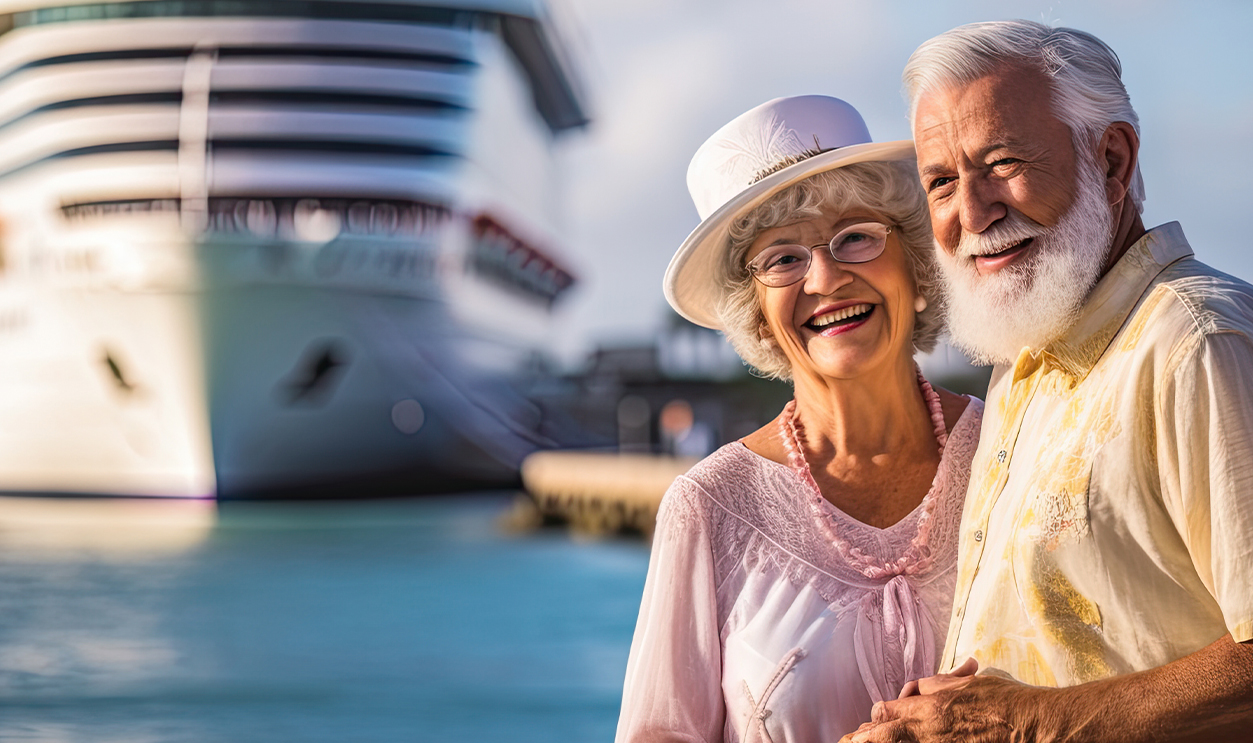The Indigenous Amazon Tribe
Hidden deep within the tangled green heart of the Amazon are tribes who still live much as their ancestors did—hunting, gathering, and thriving in one of the most remote places on Earth. Among them are the Yagua people, often called the defining tribe of the region, known for their woven grass skirts, painted bodies, and mastery of the rainforest. Their world feels untouched by time—and it’s more fascinating than you might imagine.
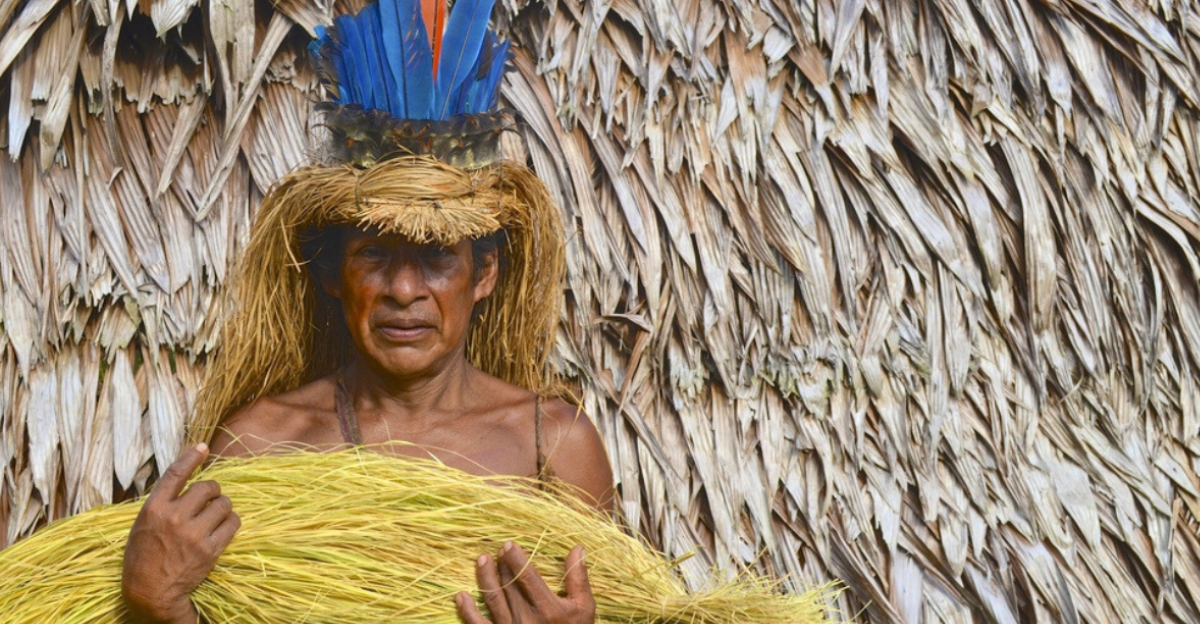
Who are they?
The Yagua people are an indigenous group that live a traditional tribal lifestyle in the dense tropical rainforest.
Other names for them include: Llagua, Nijyamïï Nikyejaada, Yahua, Yava, and Yegua.
What does their name mean?
“Yagua” in Spanish translates to “royal palm.” This term could have been given to the Yaguas by the Spanish explorers because much of their native clothing is made of palm fiber.
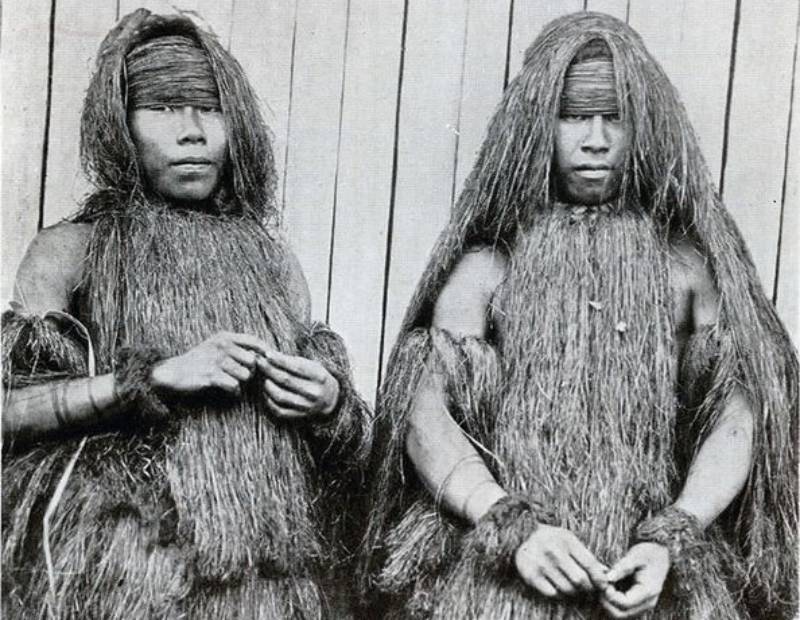 William Curtis Farabee, CC BY-SA 4.0, Wikimedia Commons
William Curtis Farabee, CC BY-SA 4.0, Wikimedia Commons
Where do they live?
The Yagua live in Colombia and northeastern Peru. They live in about 30 communities scattered throughout the tropical Amazon rainforest.
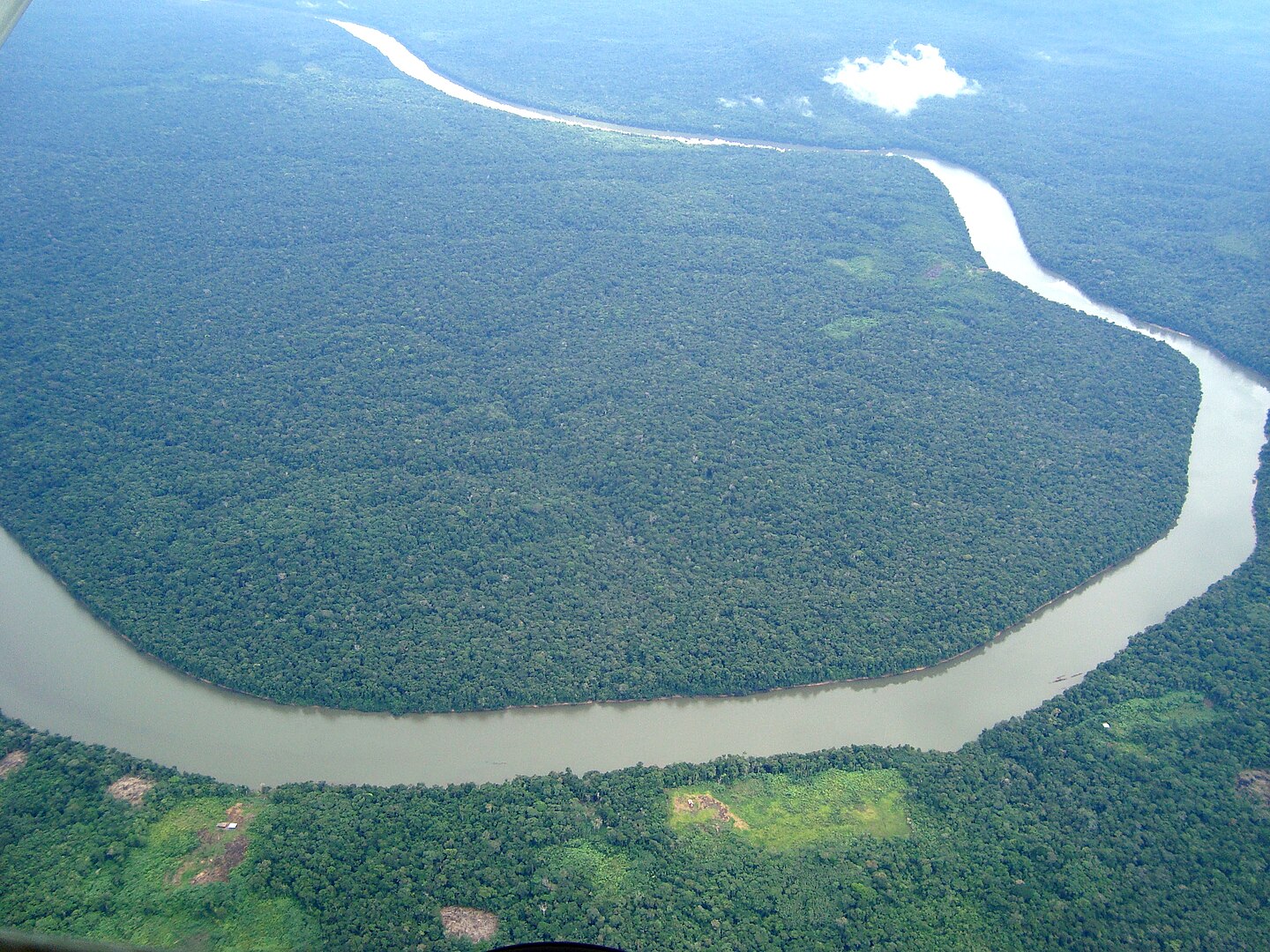 Jorge.kike.medina, CC BY 3.0, Wikimedia Commons
Jorge.kike.medina, CC BY 3.0, Wikimedia Commons
How big is their tribe?
Currently, their total population is estimated to be around 6,000.
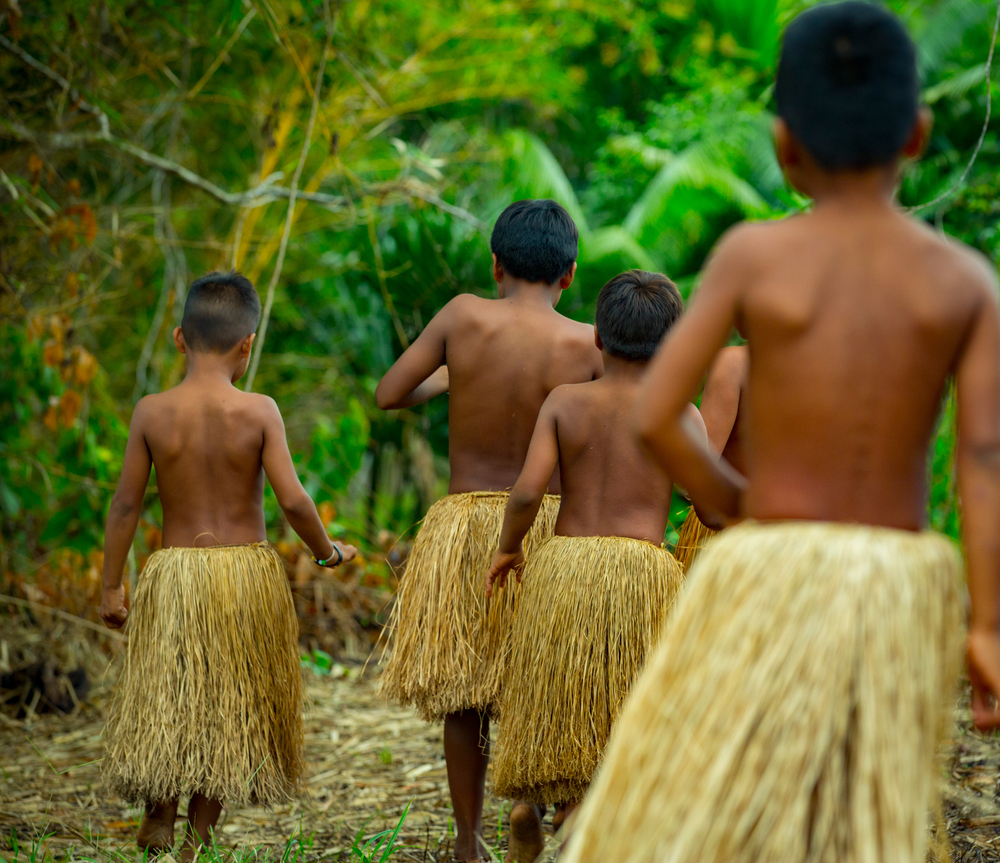 fernandoalonsostockfilms, Shutterstock
fernandoalonsostockfilms, Shutterstock
What language do they speak?
The Yagua language belongs to the Peba–Yaguan family, a small and now nearly extinct group of South American languages. Of the three known members—Peba, Yameo, and Yagua—only Yagua has survived into the modern era. The others, Peba and Yameo, disappeared long ago, leaving Yagua as the last living link to a linguistic branch that once spanned the western Amazon.
What are their villages like?
Villages are comprised of anywhere from 2 to 30 families, and are quite distant from each other making it difficult to have consistent interaction with Yaguas outside their home village.
What were their houses like?
Traditionally, the whole village lived together in a maloca—a large, beehive-shaped structure, covered in palm leaves.
Today, the maloca is used only for religious ceremonies, and only men are allowed to enter.
What do they live in today?
Today, they still live in similar huts built from wood and palm leaves, just in smaller family units. They huts are built near small rivers and on high ground to avoid flooding. Some are built on stilts.
The huts are far away from each other, but linked through a network of jungle trails.
What do they wear?
Traditional Yagua apparel includes grass-like skirts made from palm fiber and red cotton. Armbands and a small chest covering are also worn, and a headdress is worn by men.
How do they make their clothing?
The Yagua often dye palm fibers a rich reddish-orange hue using pigment from the annatto berry—the same natural dye they use for their striking body paint. The result is a vibrant, earthy color that ties together their clothing, art, and cultural identity in a single brilliant shade drawn straight from the rainforest.
What is the legend of their attire?
Legend has it, the Yagua were the reason for the naming of the Amazon River. When the Spanish first came to the rainforest and distantly saw Yagua men with their blowguns and grass skirts, they mistook them for women and so the river was named after the Greek Myth of the Amazon women warriors.
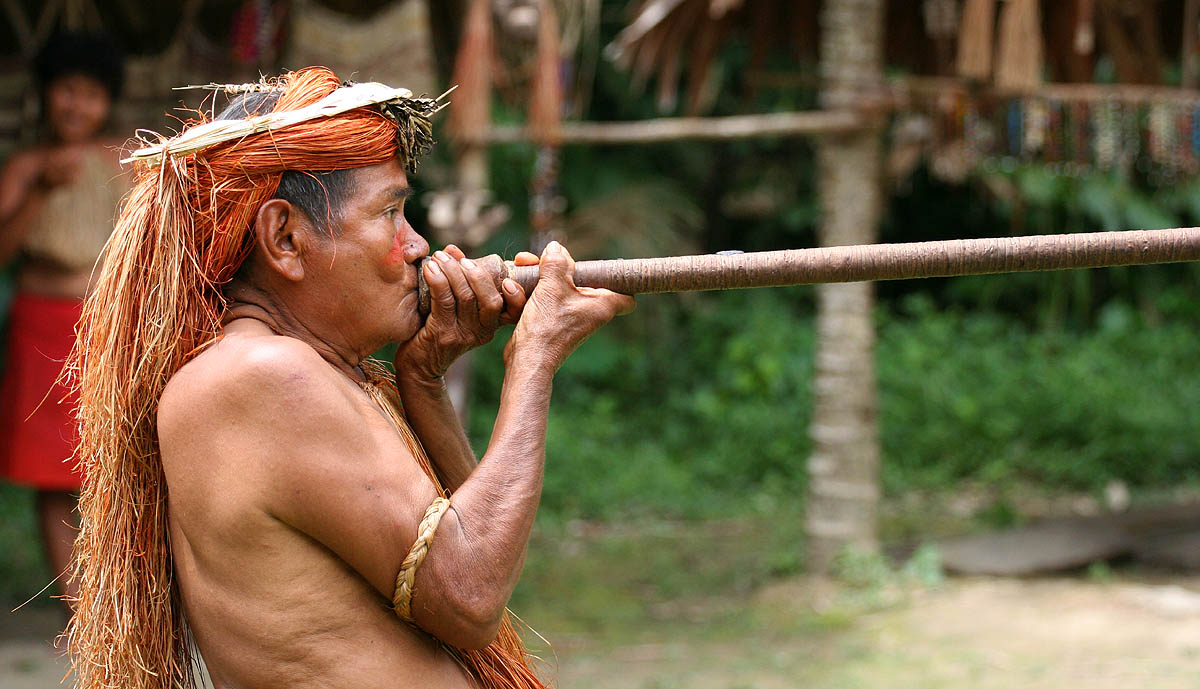 JialiangGao, CC BY-SA 4.0, Wikimedia Commons
JialiangGao, CC BY-SA 4.0, Wikimedia Commons
What do they hunt?
The Yagua people rely on bush meat native to their lands, this includes sloths, monkeys, birds, and other small animals, and a variety of fish.
How do they hunt?
Traditionally, the Yagua people used handmade blowguns and spears. Some of the tribes still use these tools today, and others have acquired modern pieces through trade.
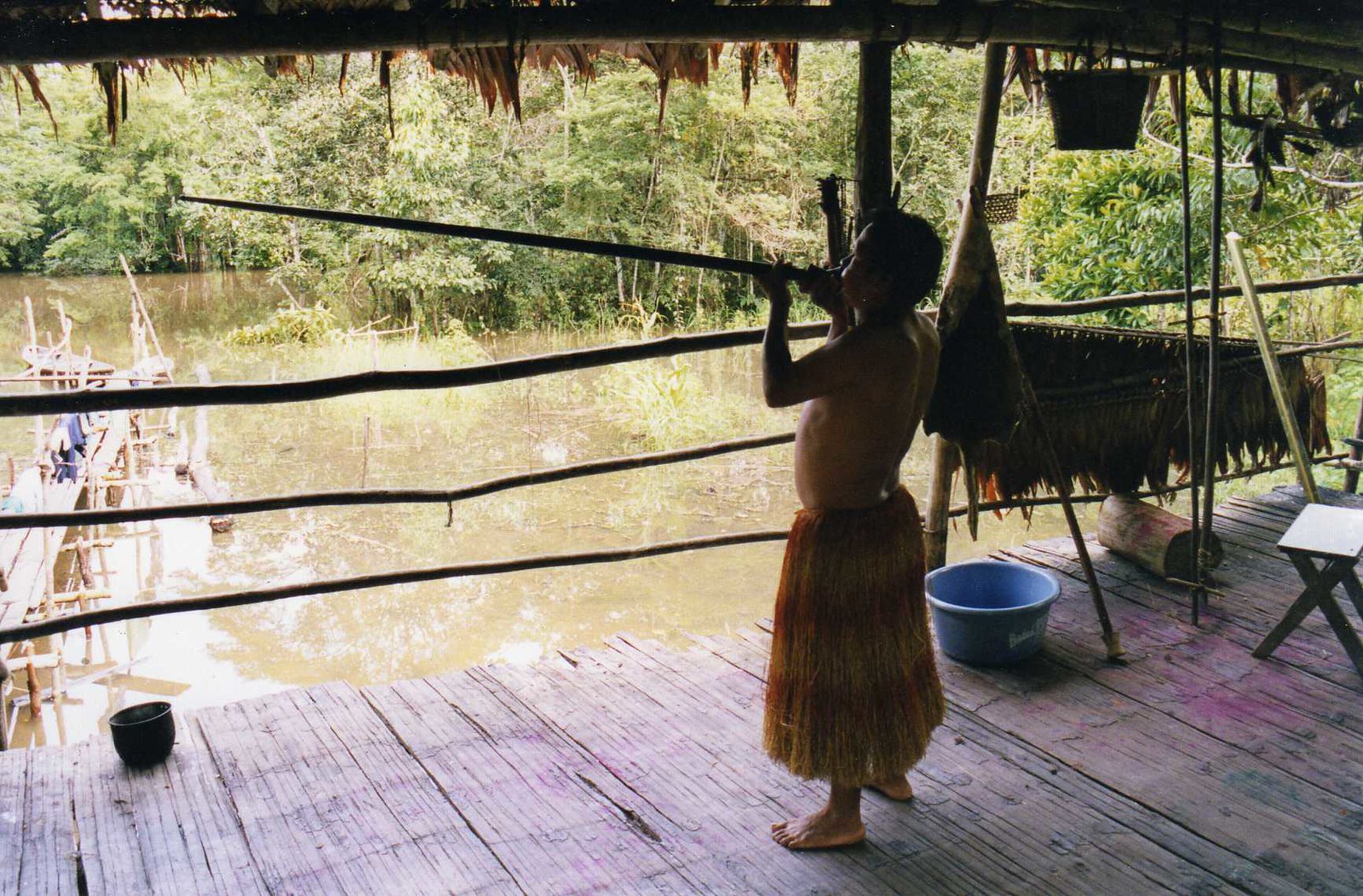 Leonora (Ellie) Enking, Flickr
Leonora (Ellie) Enking, Flickr
Do they have pets?
Yes, the Yagua people often keep small sloths and small monkeys as pets. They carry them around on their shoulders and the children spend a lot of time playing and caring for them.
What do they grow?
Traditionally, the Yagua people cultivate a lush array of crops in the heart of the rainforest. Their gardens thrive with non-bitter manioc, multiple types of plantains and bananas, as well as pineapples, sugarcane, sweet potatoes, and maize. Scattered among these staples are vibrant jungle fruits—proof of the Yagua’s deep knowledge of the land and their ability to live in harmony with it.
How do they grow their crops?
They practice slash and burn agriculture. A family works two or more fields in different stages of growth, securing a continuous food supply.
A field will typically yield for two years, and a family will clear a new one each year.
What do they forage?
The Yagua people are hunter-gatherers, which means aside from hunting game and growing crops, they also forage the rainforest for things like honey and palm-beetle larvae for flavoring.
 T.K. Naliaka, CC BY-SA 4.0 , Wikimedia Commons
T.K. Naliaka, CC BY-SA 4.0 , Wikimedia Commons
How do they prepare their food?
The men are expected to provide the ingredients, and the women are expected to prepare the meals
What are the traditional roles for Yagua men?
Men are responsible for clearing the gardens, hunting, plaiting, carving, house construction, the fabrication of musical instruments, the preparation of curare, and ritual and medicinal activities.
What are the traditional roles of Yagua women?
Among the Yagua, daily life is a shared rhythm of work and tradition. Women take the lead in foraging and planting, as well as crafting palm-fiber yarn, weaving hammocks, and shaping pottery from the earth. Fishing, however, brings everyone together—men and women alike cast their lines and nets, providing food and balance to the community’s way of life.
What are their beliefs?
The Yagua belief system has a Creator, along with demons and spirits, that are often linked to Amazon rainforest animals.
Who is their most spiritual being?
The most important spiritual being is Mayantu. Celebrations in his honor last for several days and nights, and involve an indulgence of drinking and eating.
What do the rituals entail?
One of the most intriguing parts of their rituals include young children being given a secret name that is only known to the men of the tribe.
Do they believe in evil spirits?
Yes, evil spirits are said to roam the rainforest, and they are held responsible for the demise of any tribe member.
If the tribe member was an important person, their entire house and belongings are burned to stop the spread of the evil spirits.
When do they get married?
In Yagua culture, marriage traditionally takes place once a girl reaches maturity—usually around 14 or 15 years old. Men may marry at the same age or somewhat later, depending on their readiness and standing within the community. These unions often mark the beginning of adult responsibilities, weaving family life and tradition closely together in the tribe’s social fabric.
How are marriages arranged?
Marriages are not arranged during childhood, like most indigenous tribes.
Instead, when a potential suitor for a woman is found—from outside their clan—the man goes to live at the home of his prospective wife for an entire year, working for them to prove his worth.
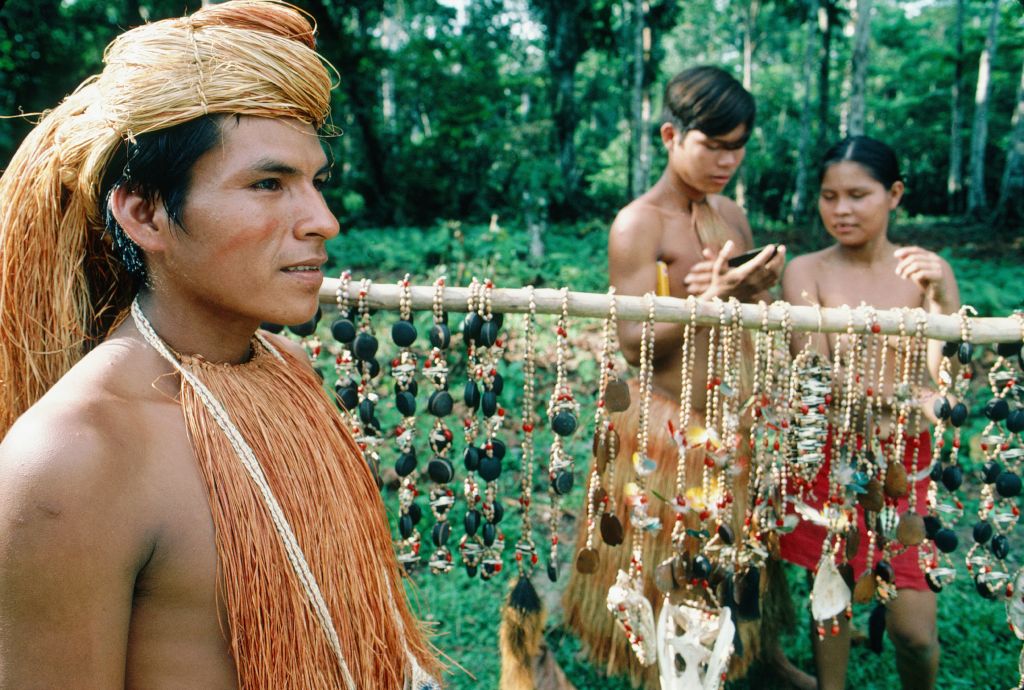 Sylvain GRANDADAM, Getty Images
Sylvain GRANDADAM, Getty Images
What happens after the year?
During the year the man is living with the woman and her family, she usually falls pregnant. At the end of the year, if all is well, the couple will return to the man’s family to live, and are officially considered “married.”
A large feast is had to celebrate the marriage and new family.
What are the Yagua people known for?
Yagua people are known for their handicrafts, which are particularly made by the men. They craft items such as masks, wood carvings, jewelry, dolls, flutes, rattles, baskets, and miniature blowguns.
What do they do with the crafts?
The crafts are used among the village for fun, especially for the children. Some of the crafts, like the masks, are used in rituals and ceremonies, and others are used for trade.
What are the masks made from?
Each mask is carefully carved with intricate tribal patterns before being brought to life with natural dyes made from fruits, vegetables, seeds, and flowers. Once painted, they’re adorned with delicate details—beads, shells, and colorful feathers—transforming them into striking works of art that reflect the Yagua people’s deep connection to nature and tradition.
What is the jewelry made from?
They make jewelry from natural items, such as fish or animal teeth, shells, and seeds. They will also decorate the pieces using natural dyes from florals found in the rainforest.
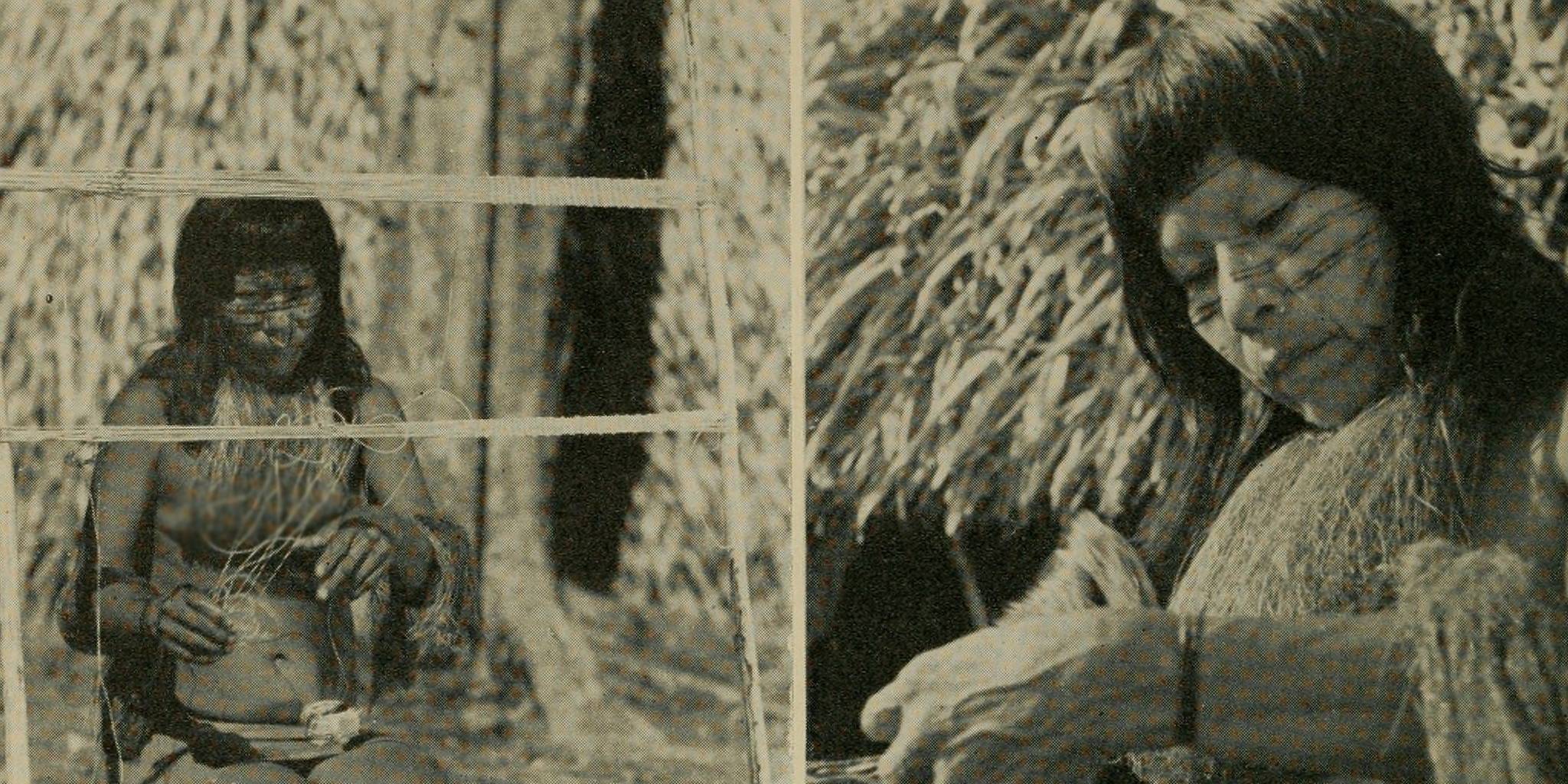 Smithsonian Institution, Wikimedia Commons
Smithsonian Institution, Wikimedia Commons
How are the rattles made?
Rattles are mostly used in rituals by the Shamen, but can sometimes be given to children as toys. There are two ways to make them: with leaves from the Schacapa tree, bundled together to make a rattling sound, or with seeds that are collected, hallowed out and dried.
How are the dolls made?
Yagua dolls are created from the pounded bark of the Llanchamo tree, along with plant fibers, seeds, fish scales and gourds.
They’re hand painted and often dressed in traditional Yagua attire.
What do they do for fun?
The Yagua people place an importance on dancing and singing. Not just used for ceremonies and rituals, but also for enjoyment.
They have various dances, and traditional songs only known to them.
Why do they stay in the rainforest?
Though modern life has gradually reached the Yagua, many still choose to remain deep within the rainforest, bound to it by generations of tradition and reverence. For them, the forest isn’t just home—it’s a living part of who they are, providing food, shelter, and spiritual balance in a world that continues to change around them.
What is their connection?
They know the moods of the rainforest—the behaviors of living beings, the weather patterns, the growth patterns, and every nook and cranny of their homeland.
How does this help them?
The Yagua’s connection to the rainforest can be referred to as Jungle-taught wisdom, where they believe their traditional ways of living are better than modern “development” opportunities—even if it involves making tools by hand.
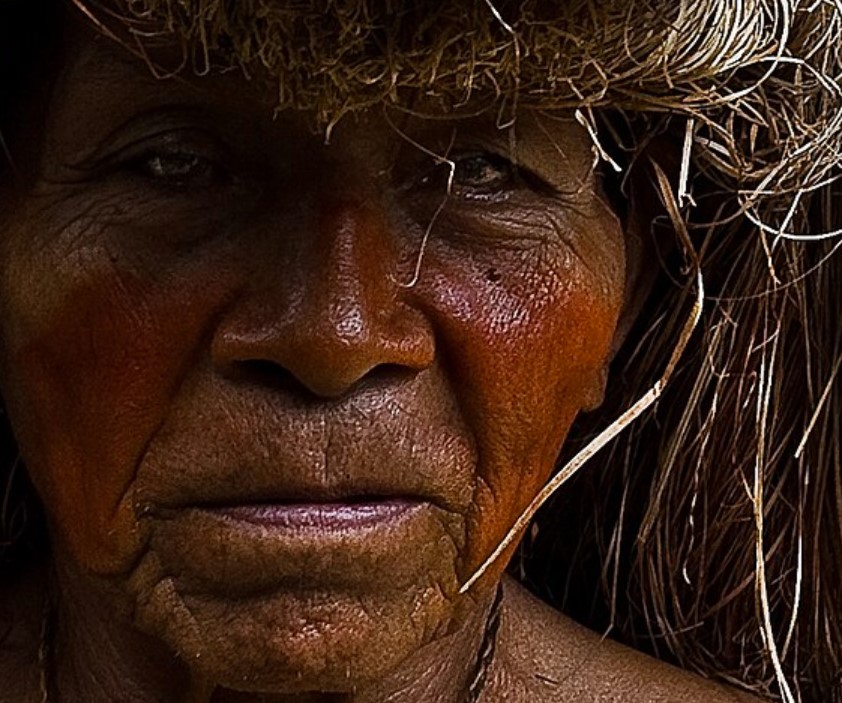 Louisa Salazar, CC BY-SA 3.0, Wikimedia Commons
Louisa Salazar, CC BY-SA 3.0, Wikimedia Commons
What modern tools have they acquired?
Over the years, the Yagua people have slowly acquired more and more modern amenities. This includes various pots and pans, grills for firepits, hunting pieces, and some clothing.
Not all tribes are accepting of modern amenities, though.
When was their tribe discovered?
European contact can be linked all the way back to the 1500s when Spanish Conquistadors introduced diseases to various indigenous tribes.
Then, in the late 1600s, a Jesuit mission was established to attempt to convert indigenous tribes to Catholicism.
How were they affected by the Rubber Boom?
The Rubber Boom of the late 19th century and early 20th century involved Europeans arriving in large numbers looking to make money off natural latex extracts.
Many Yaguas lost their lives in conflicts, and others fled deeper into the jungle.
 Tropenmuseum, CC BY-SA 3.0 , Wikimedia Commons
Tropenmuseum, CC BY-SA 3.0 , Wikimedia Commons
What is happening to them today?
Today, many Yagua people continue to live deep within the rainforest, maintaining the same traditional lifestyle their ancestors did centuries ago. Others have chosen to embrace elements of modern life—welcoming tourists, trading, and accepting gifts from the outside world. Yet even with these changes, their customs, language, and spiritual connection to the forest remain at the heart of who they are.
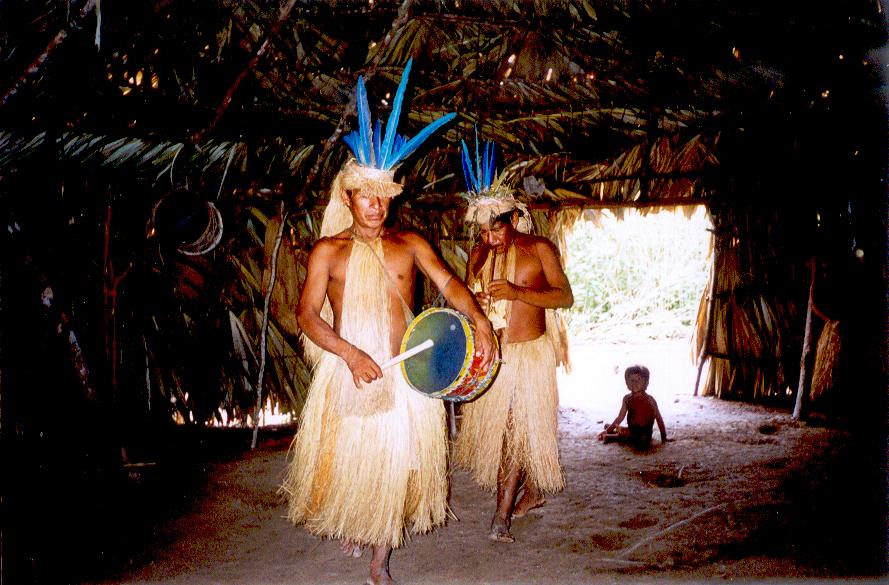 José Luis Gálvez, CC BY-SA 3.0 , Wikimedia Commons
José Luis Gálvez, CC BY-SA 3.0 , Wikimedia Commons
Are they protected?
In recent years, numerous communities have come together to help protect all of the indigenous tribes of the Amazon.
In 2018, the Peruvian government declared the northern region of Loreto a protected area that is now known as the Yaguas National Park.
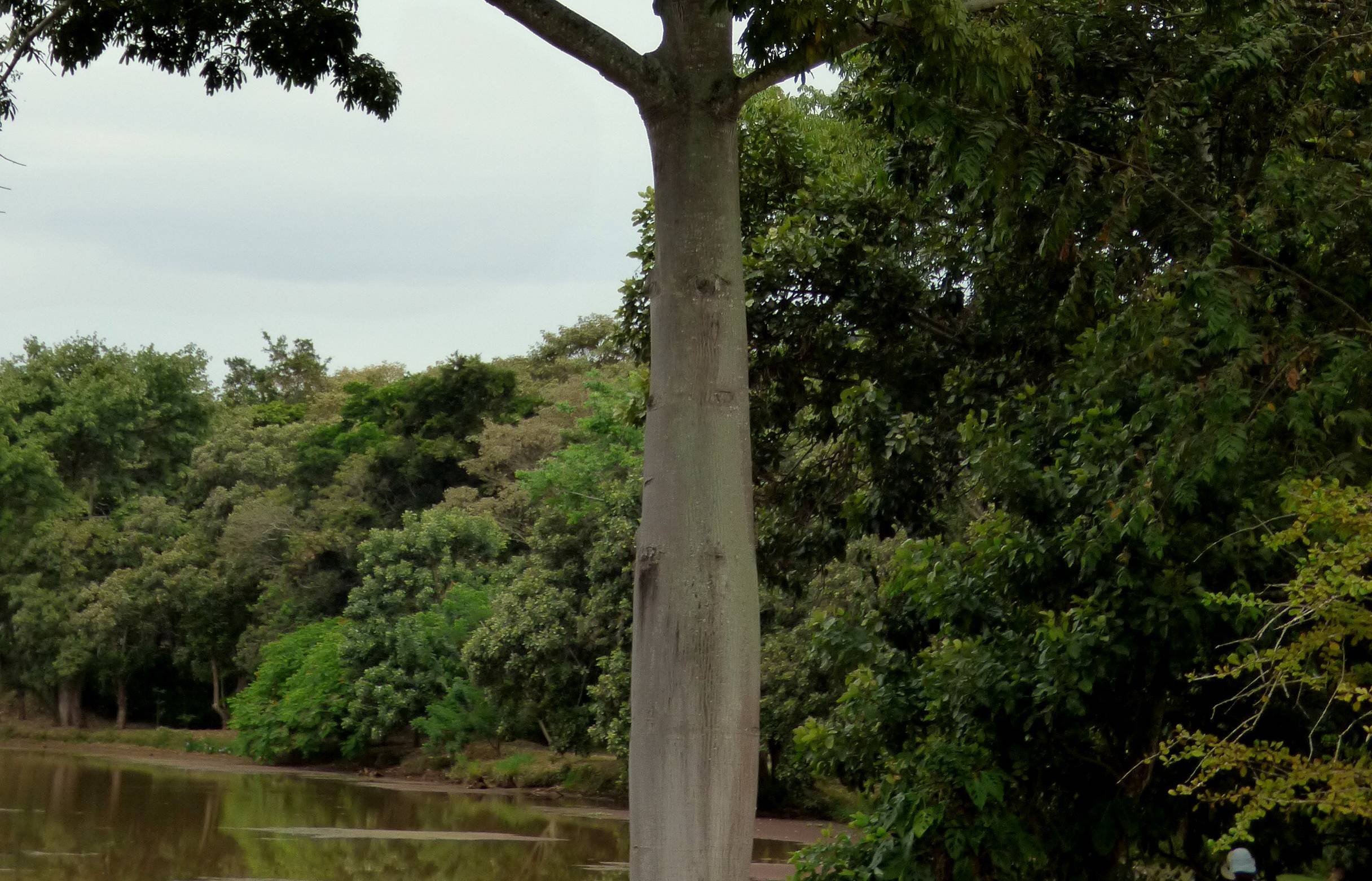 Alejandro Bayer Tamayo, CC BY-SA 2.0, Wikimedia Commons
Alejandro Bayer Tamayo, CC BY-SA 2.0, Wikimedia Commons
Do they have a modern community as well?
The Yagua’s villages are somewhat close to Iquitos, a city in Peru. This allows them to travel to town and buy essentials with money they earn from selling handicrafts, or participate in trade.
This is also how they attract tourists.
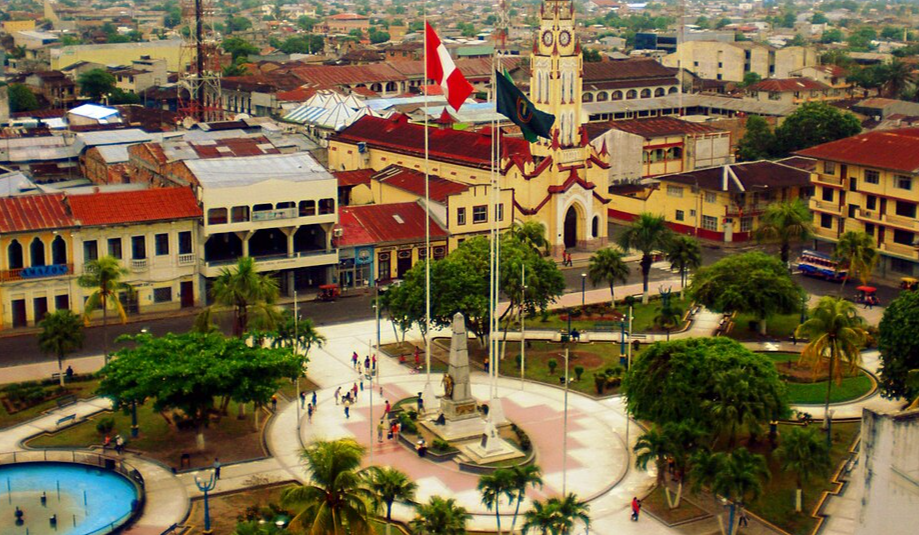 Percy Meza, CC BY-SA 3.0 , Wikimedia Commons
Percy Meza, CC BY-SA 3.0 , Wikimedia Commons
Why do they want to attract tourists?
Some of the Yagua people who have adapted to modern society have started offering tourism experiences where they allow people to accompany them to their village and experience their traditional lifestyle.
This is an income opportunity, and also a way to educate the world about their indigenous tribe.
Final Thoughts
The Yagua people, who were once an uncontacted tribe living deep in the rainforest, are now known as one of the larger indigenous communities who, although have made contact with European society, still remain true to their traditional ways of life.

